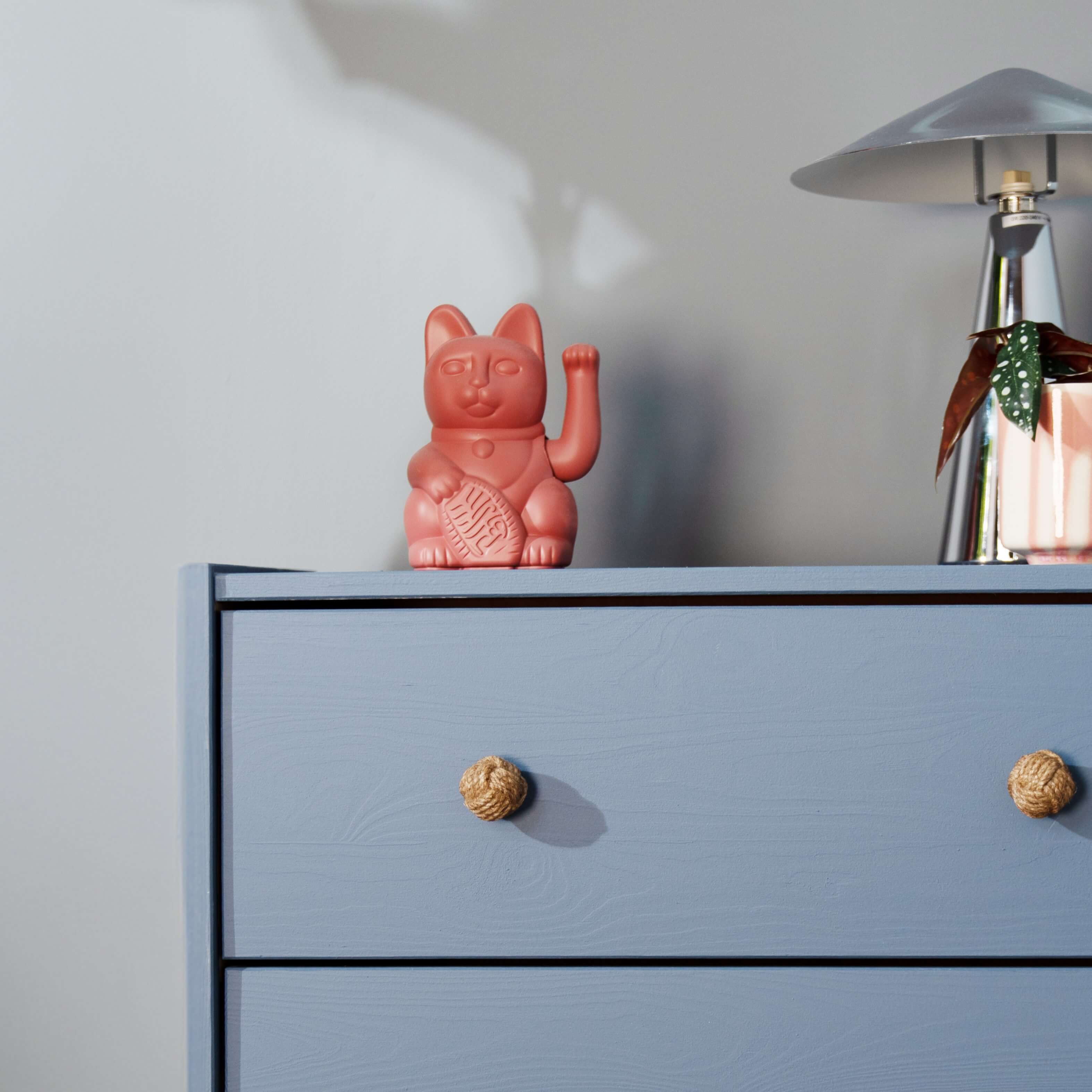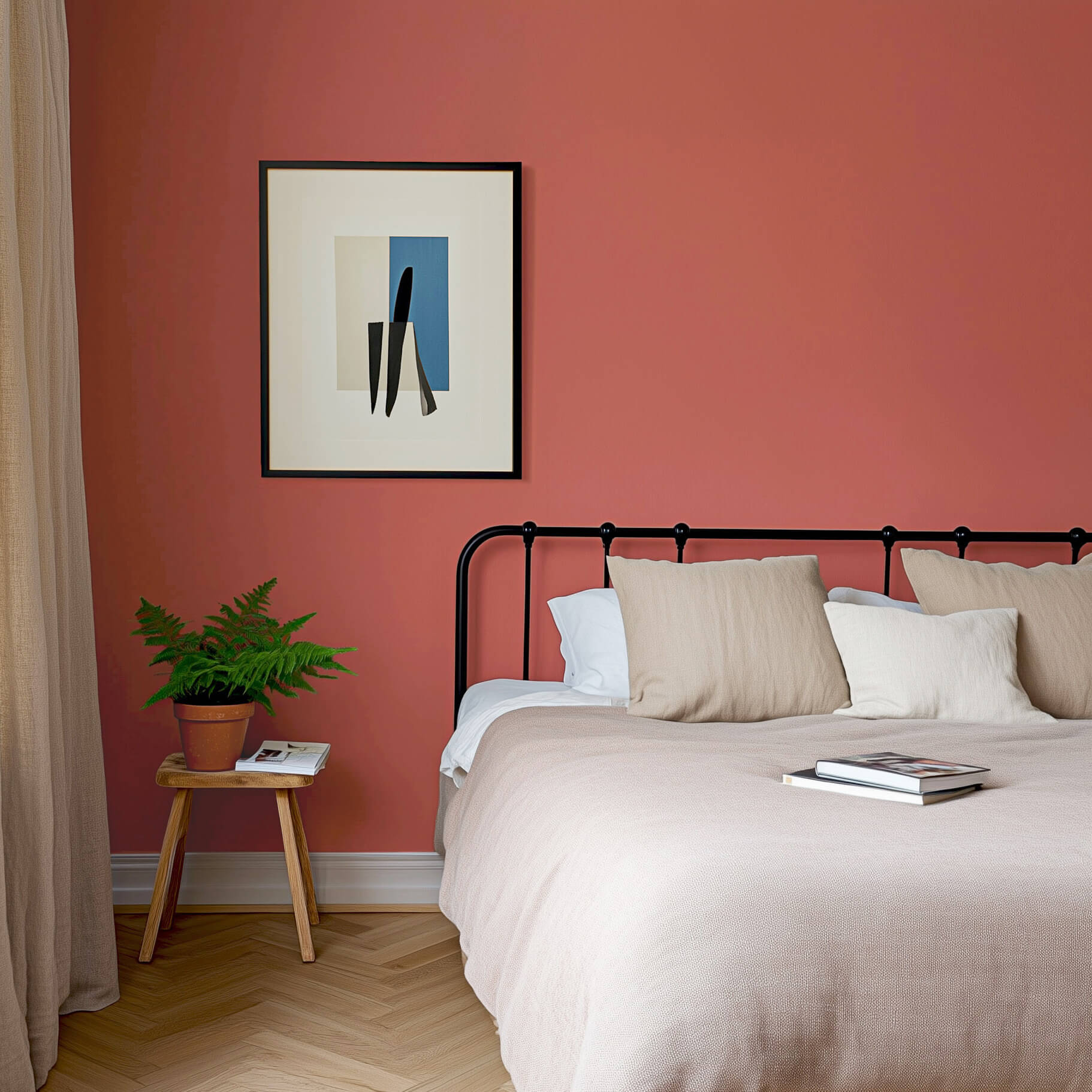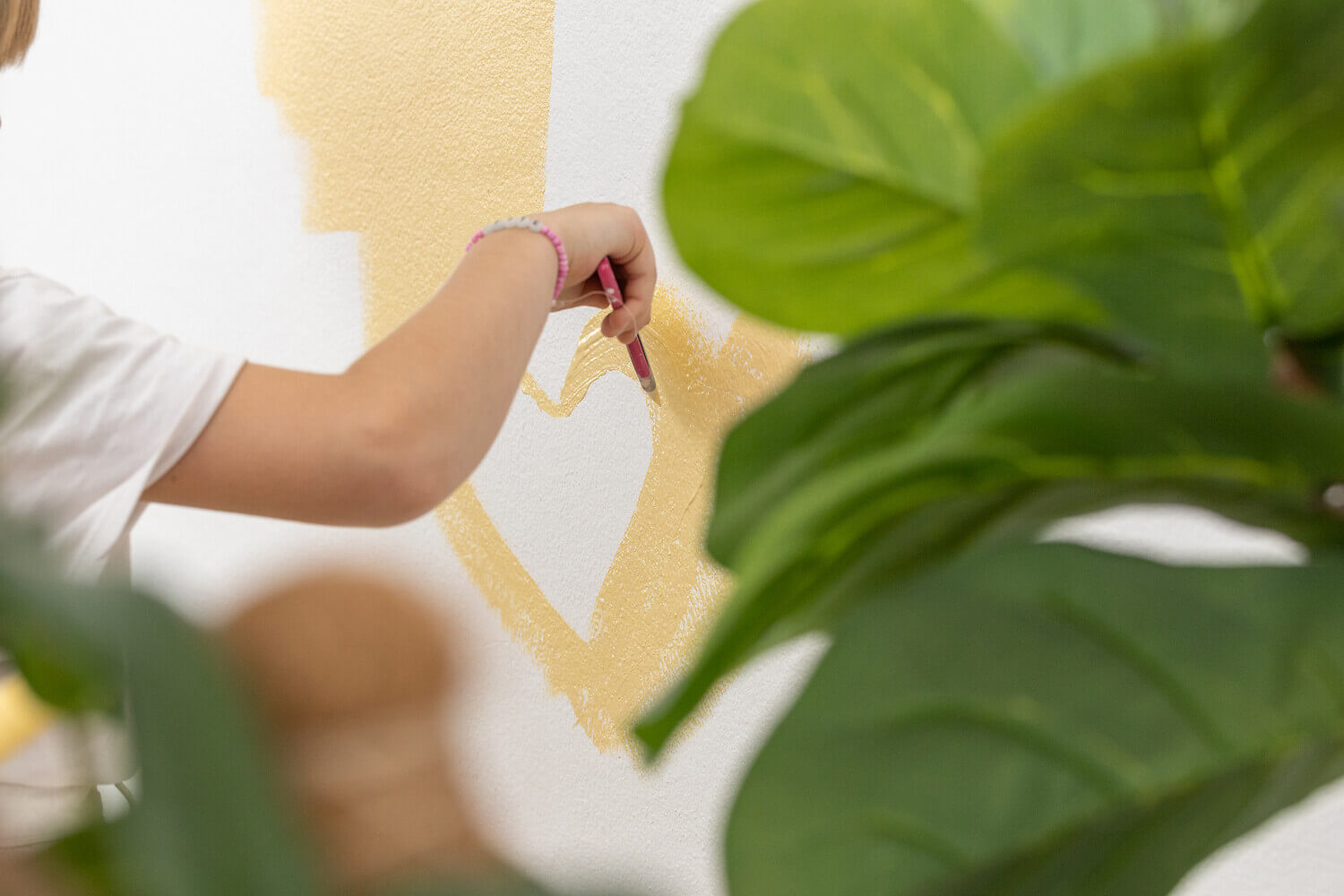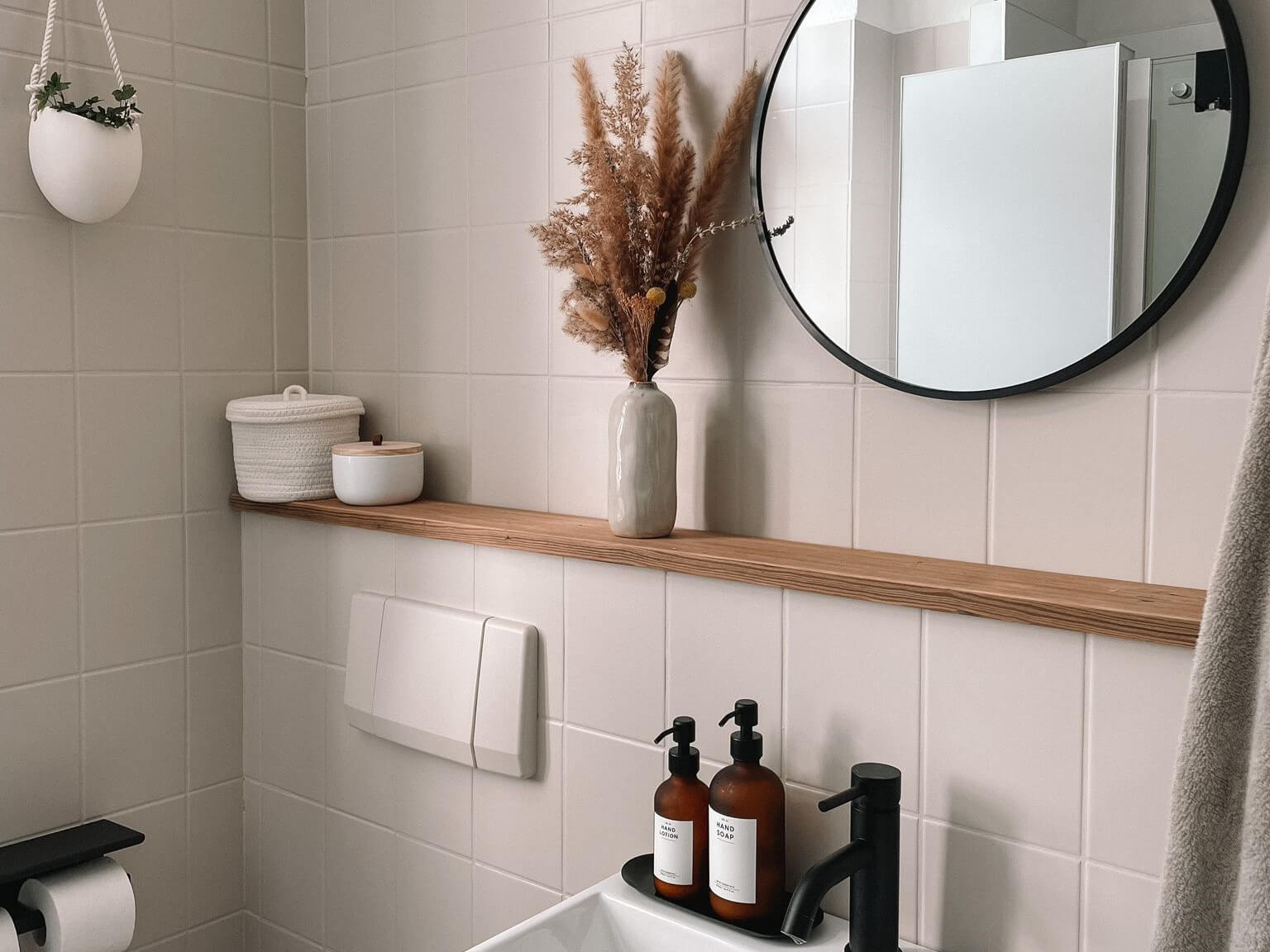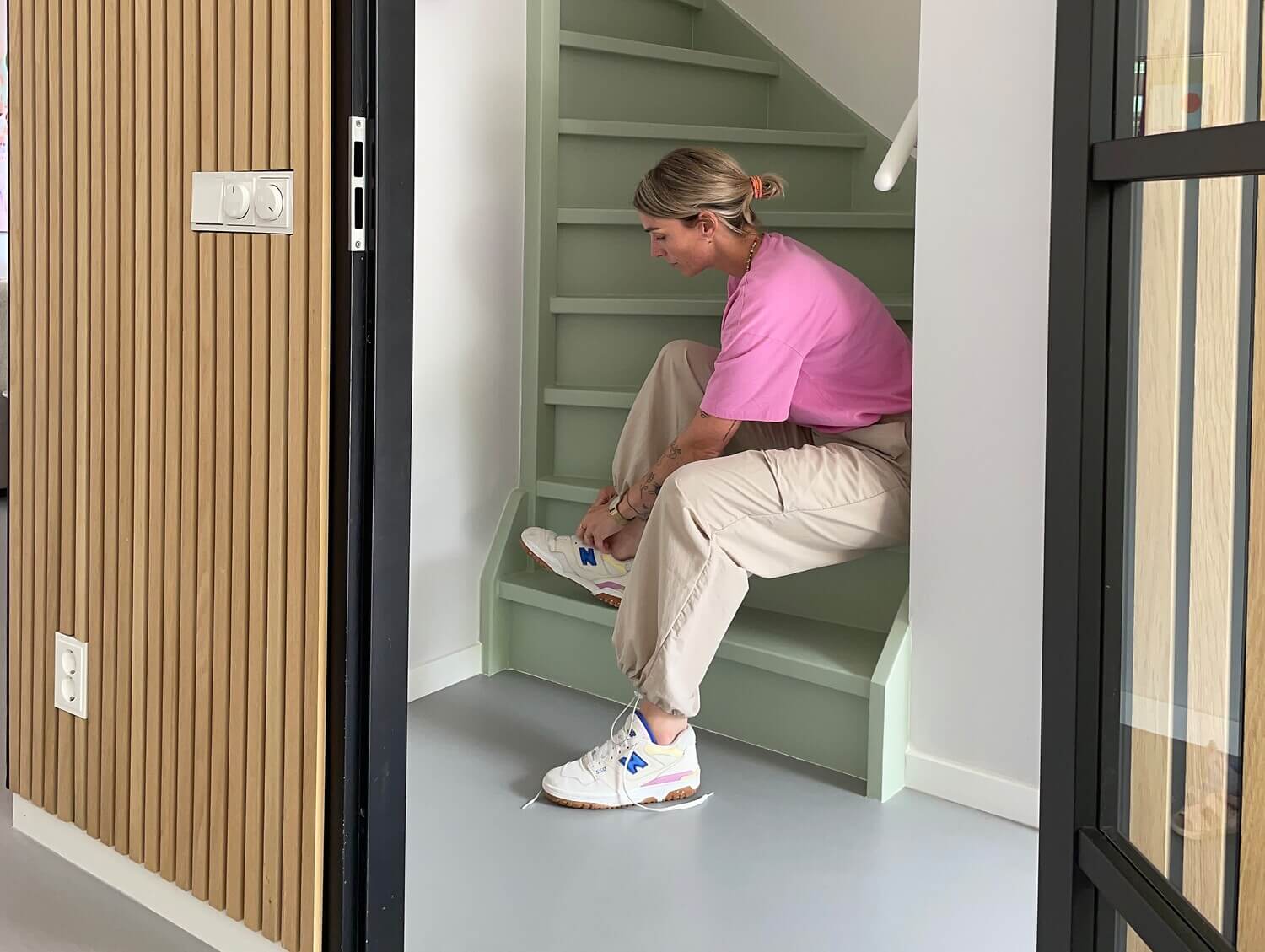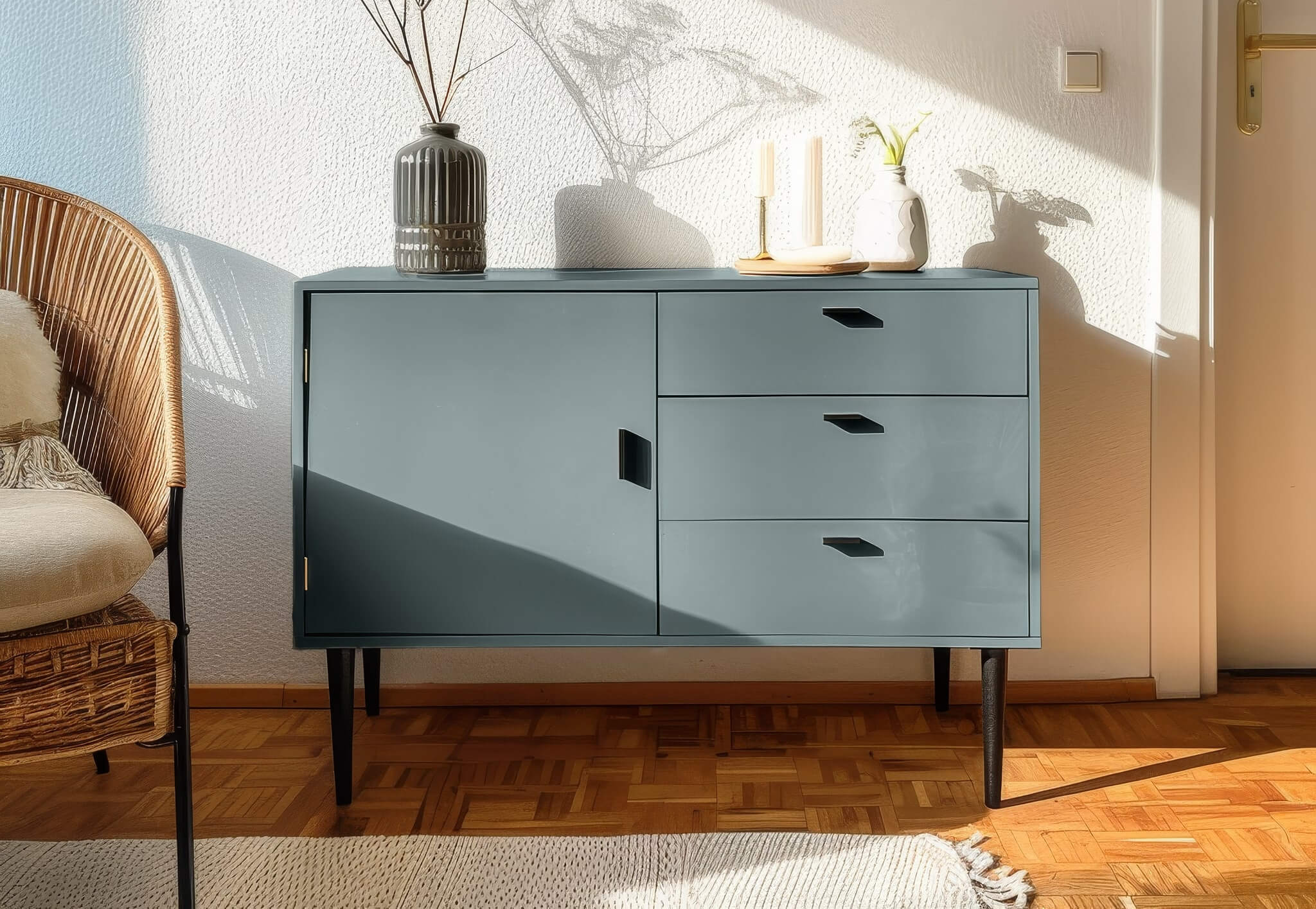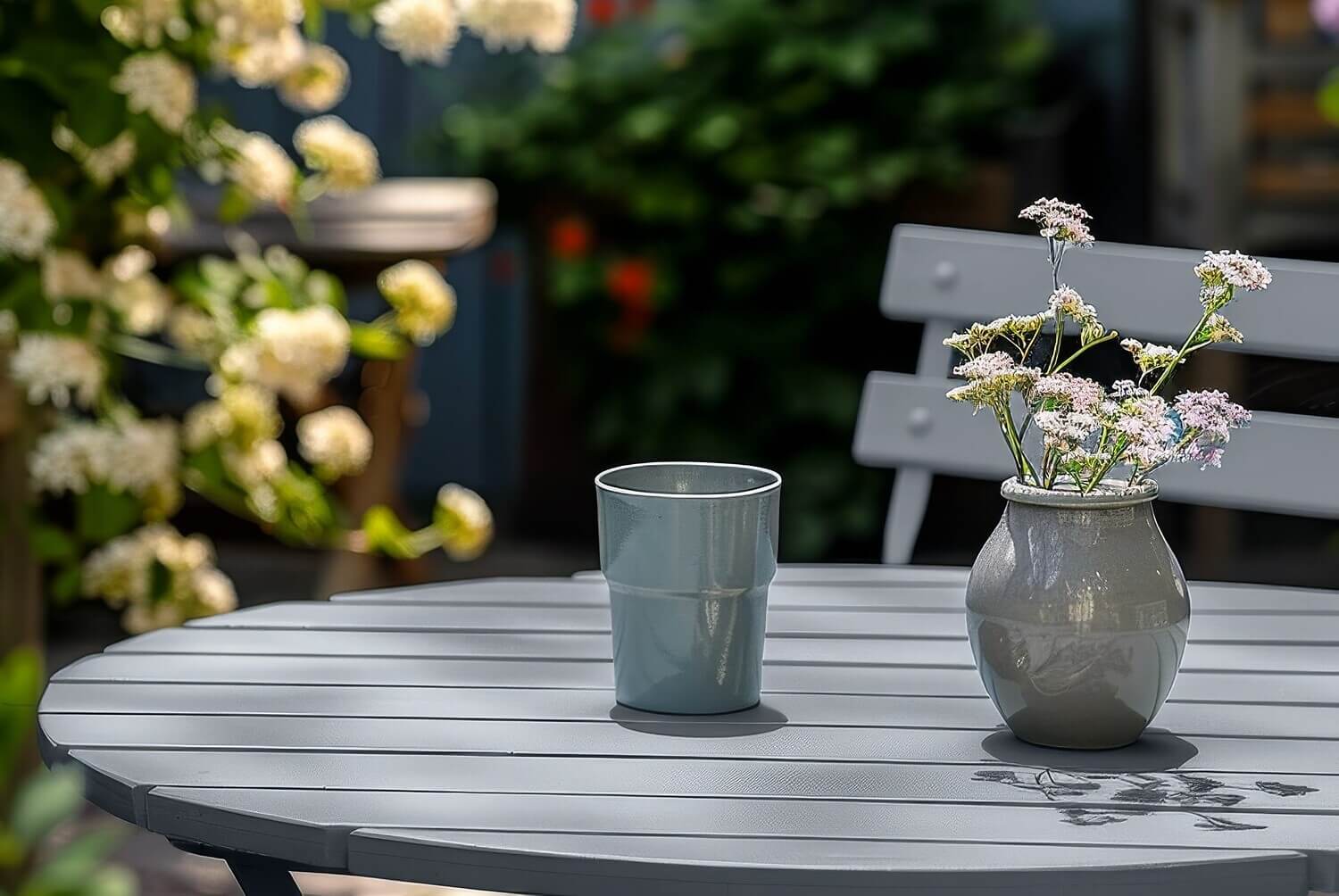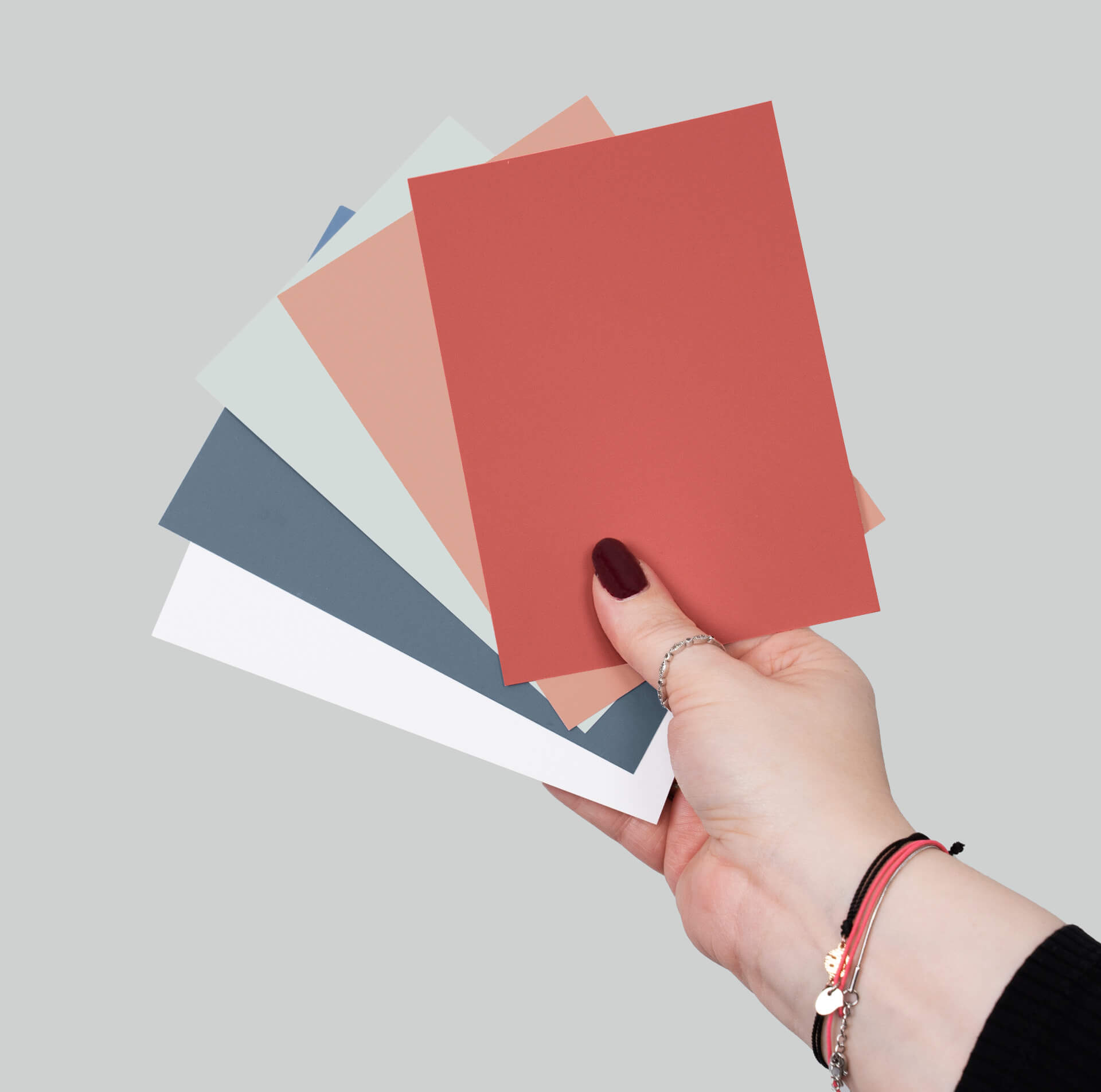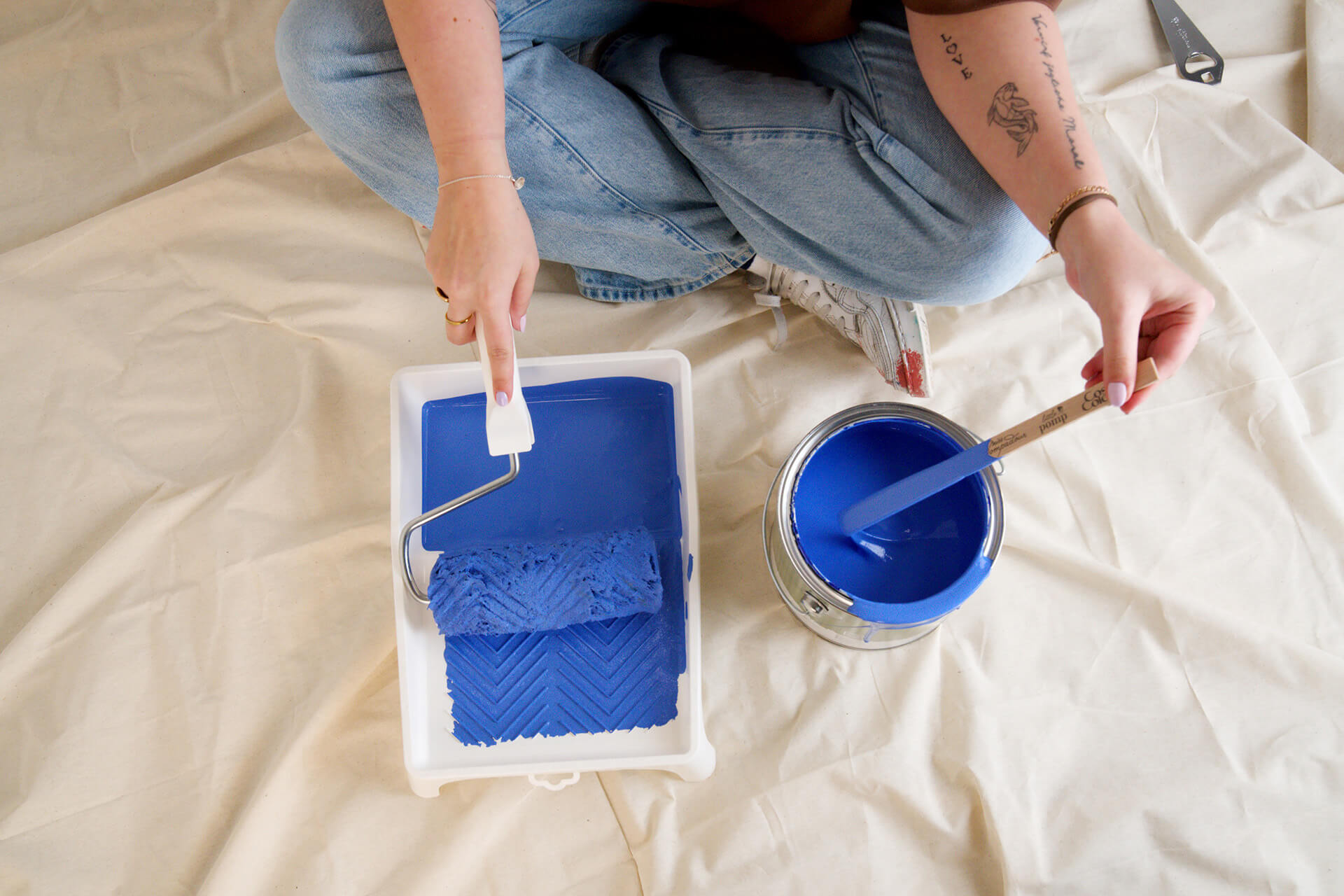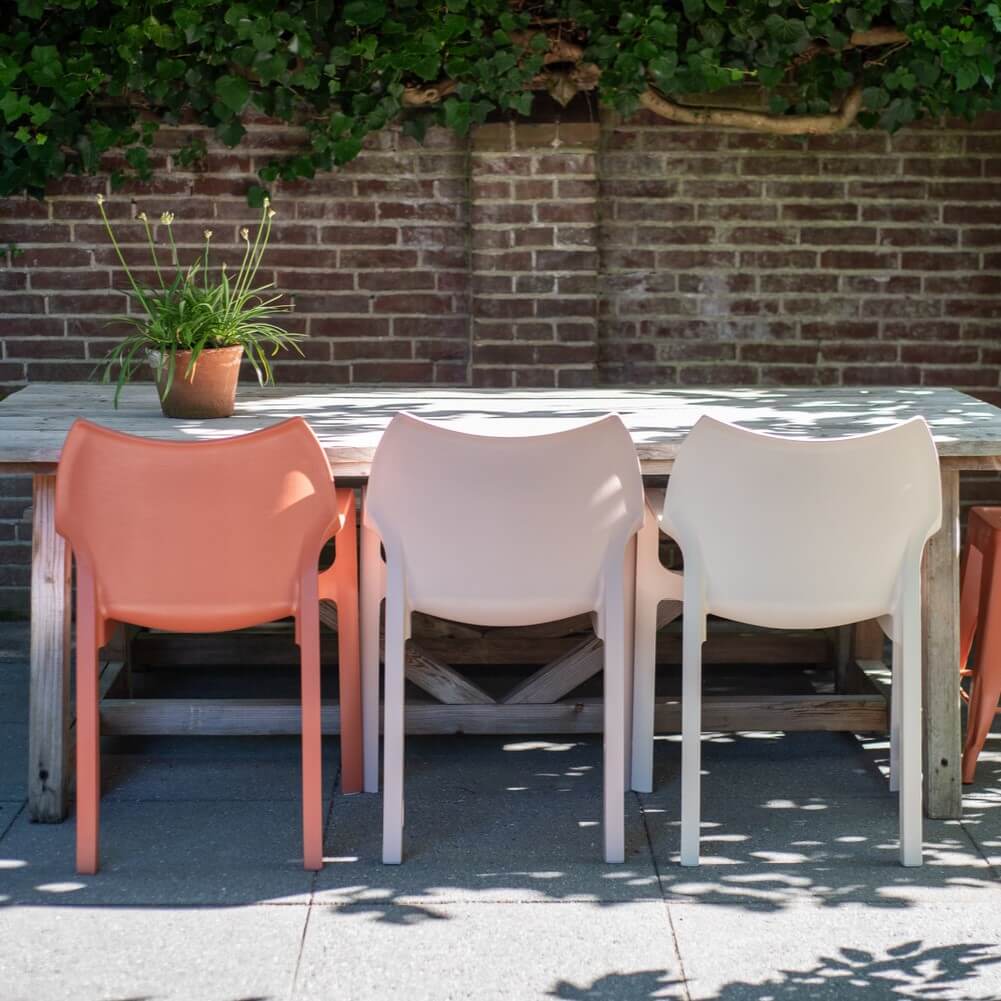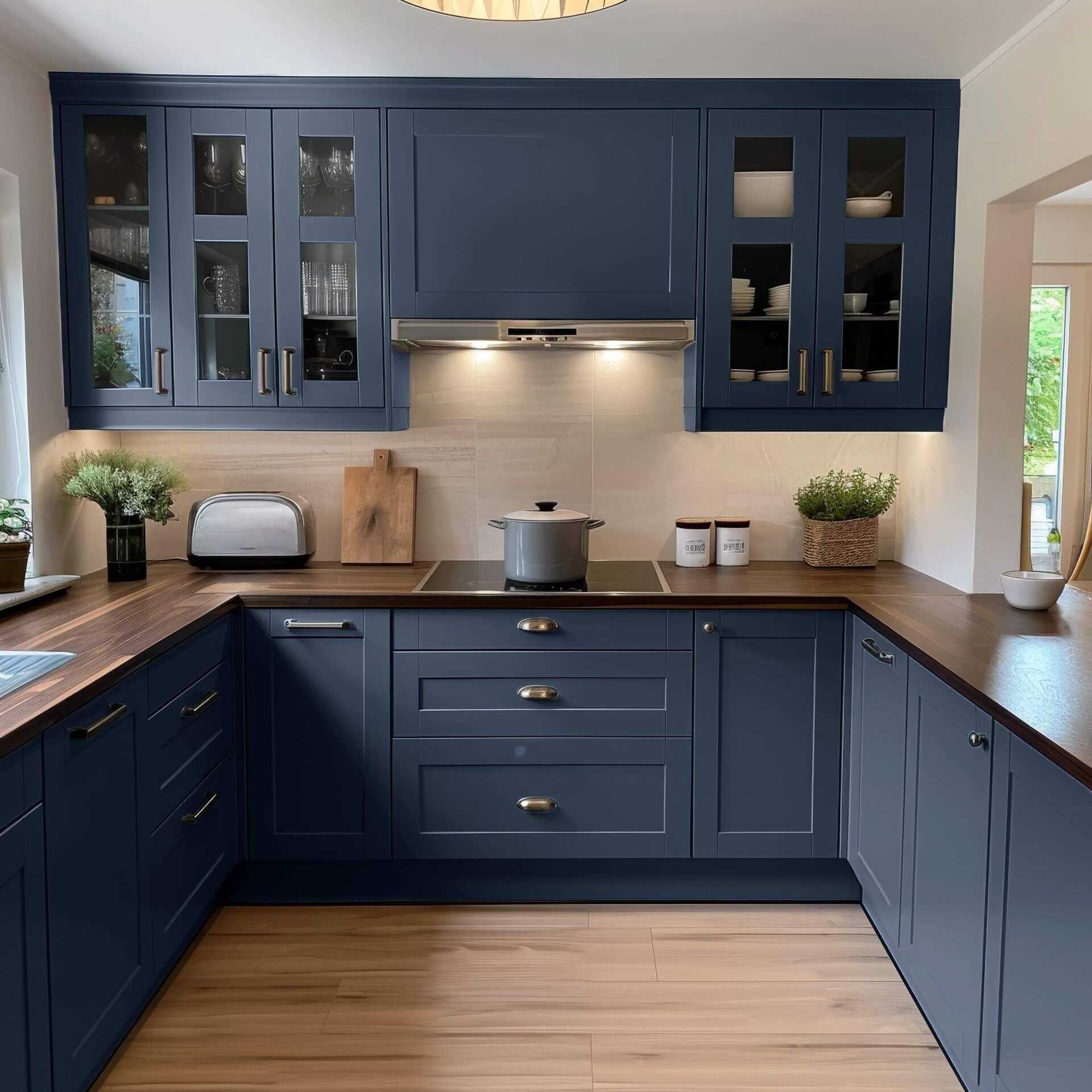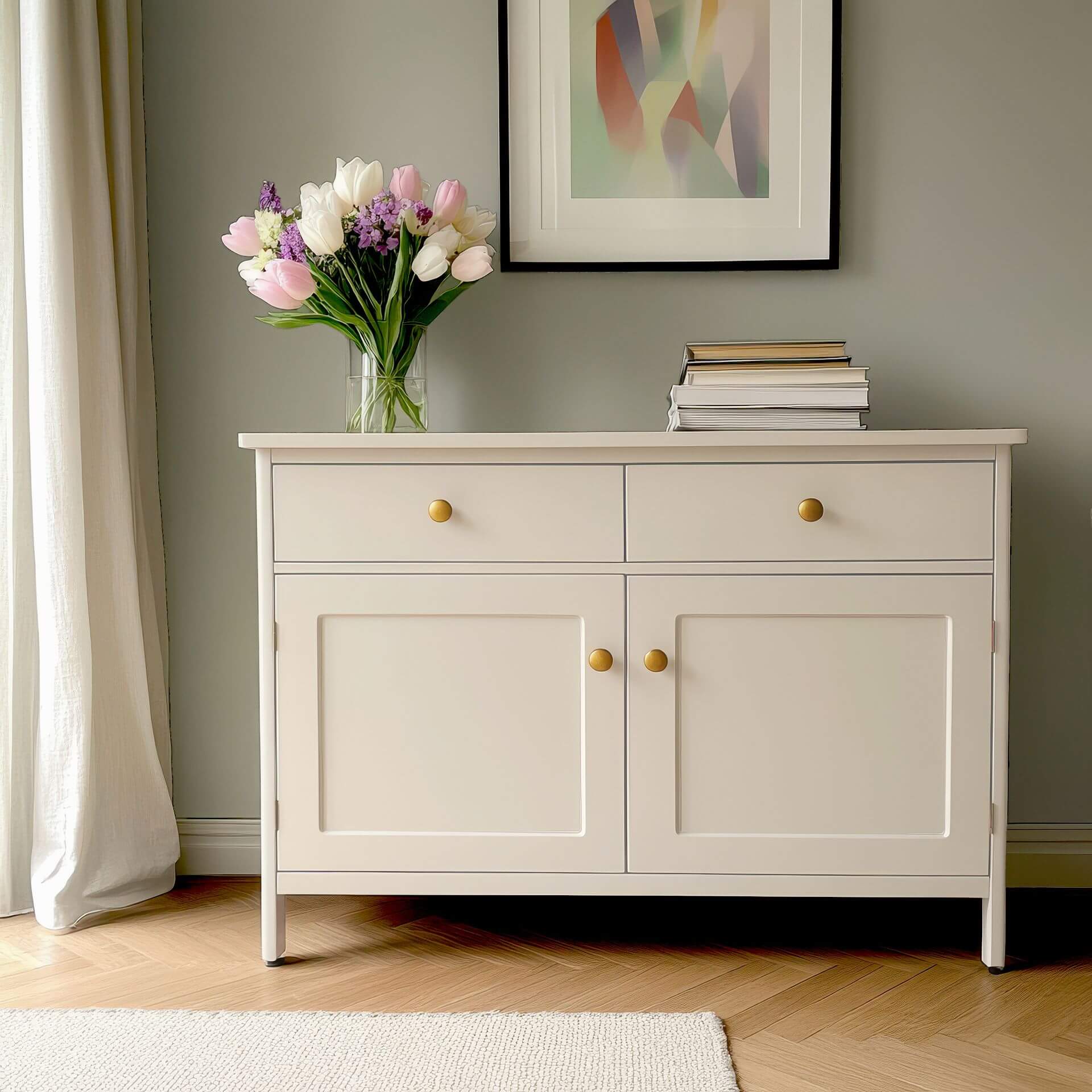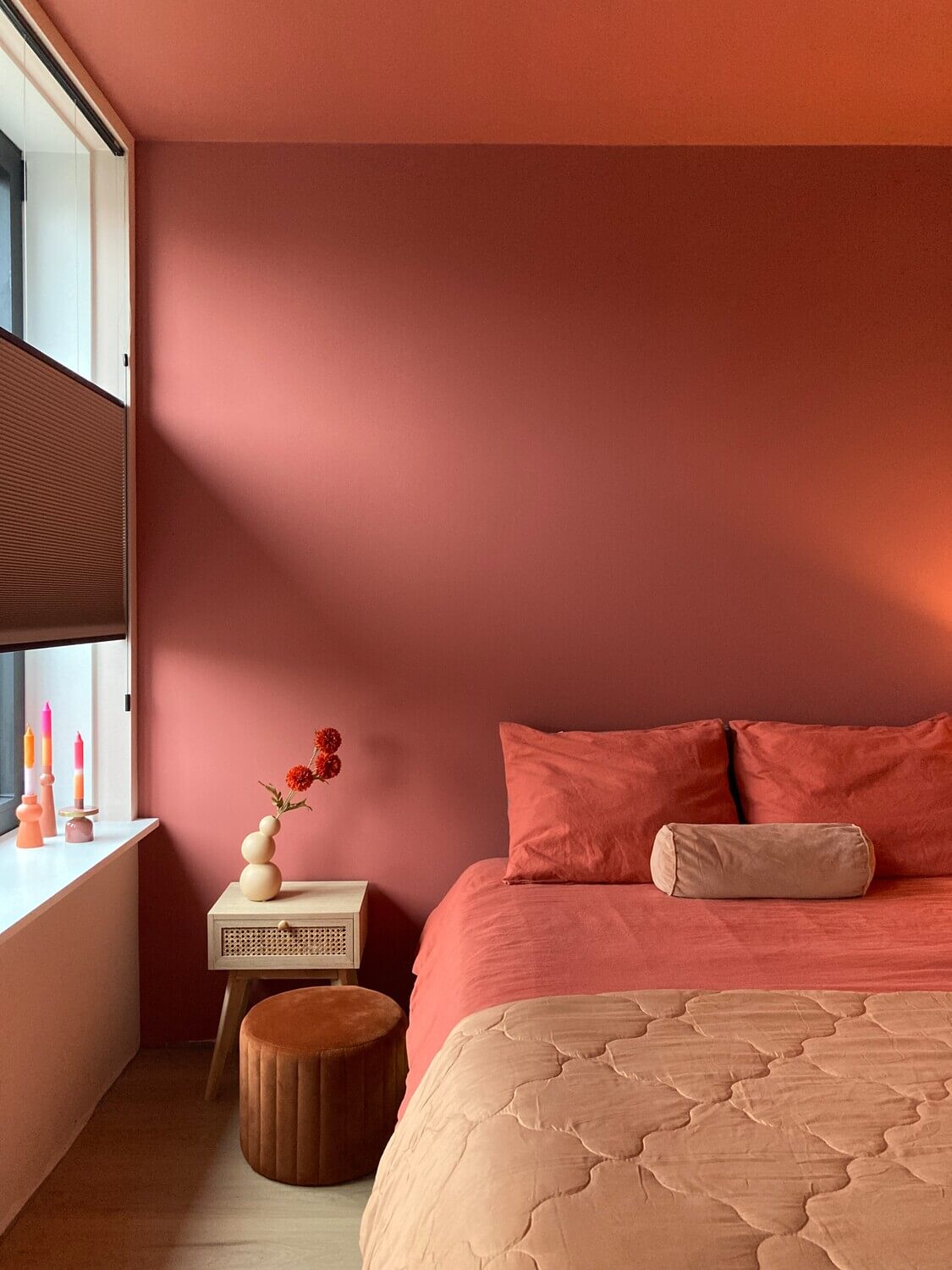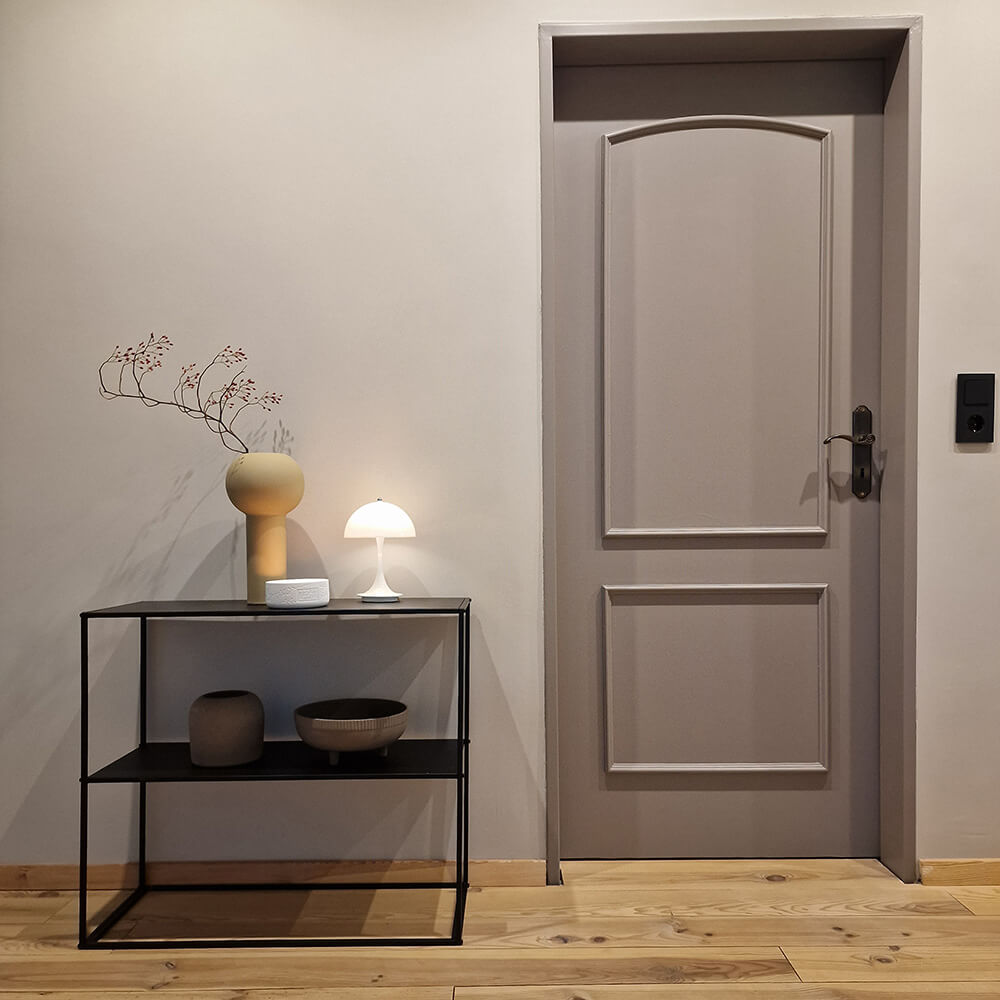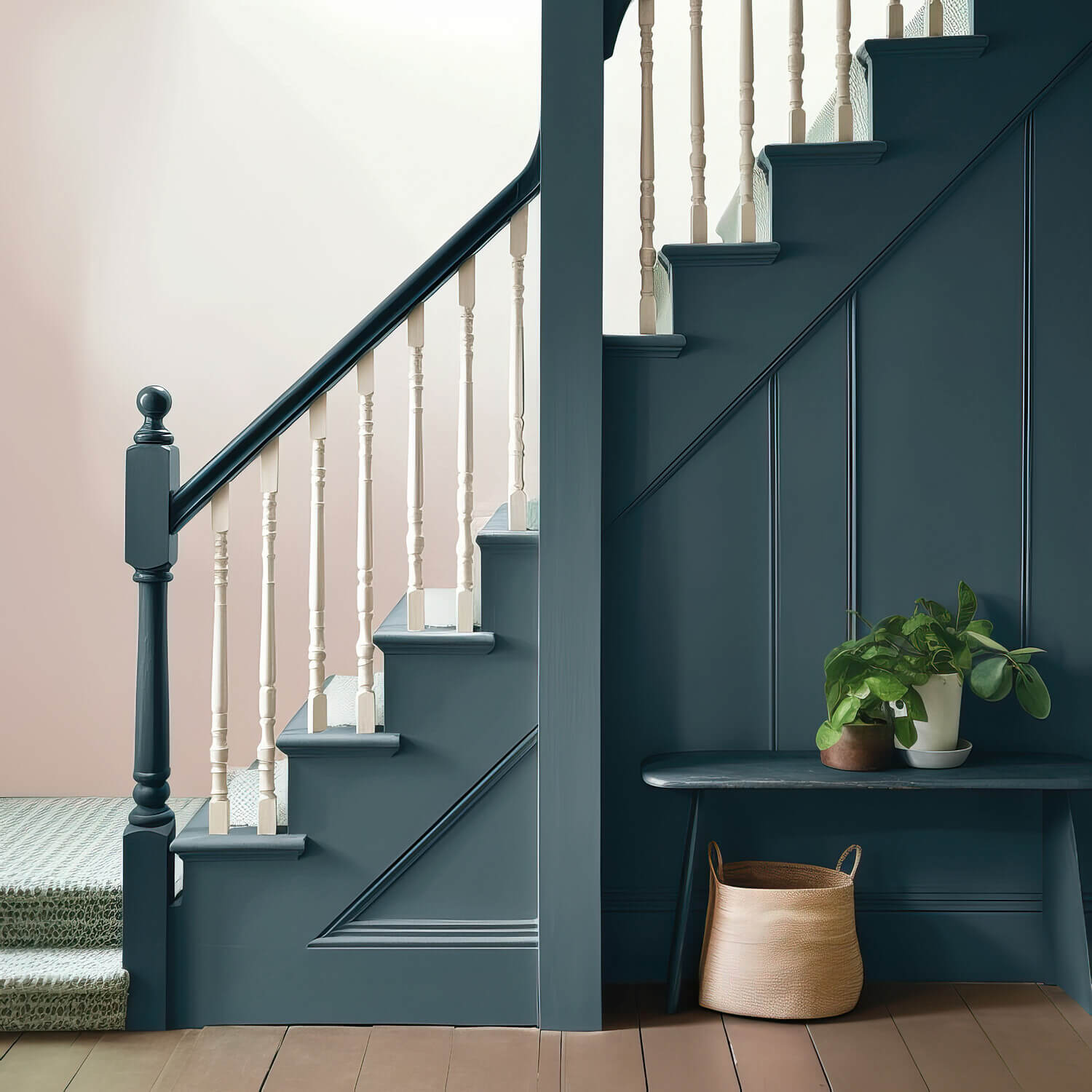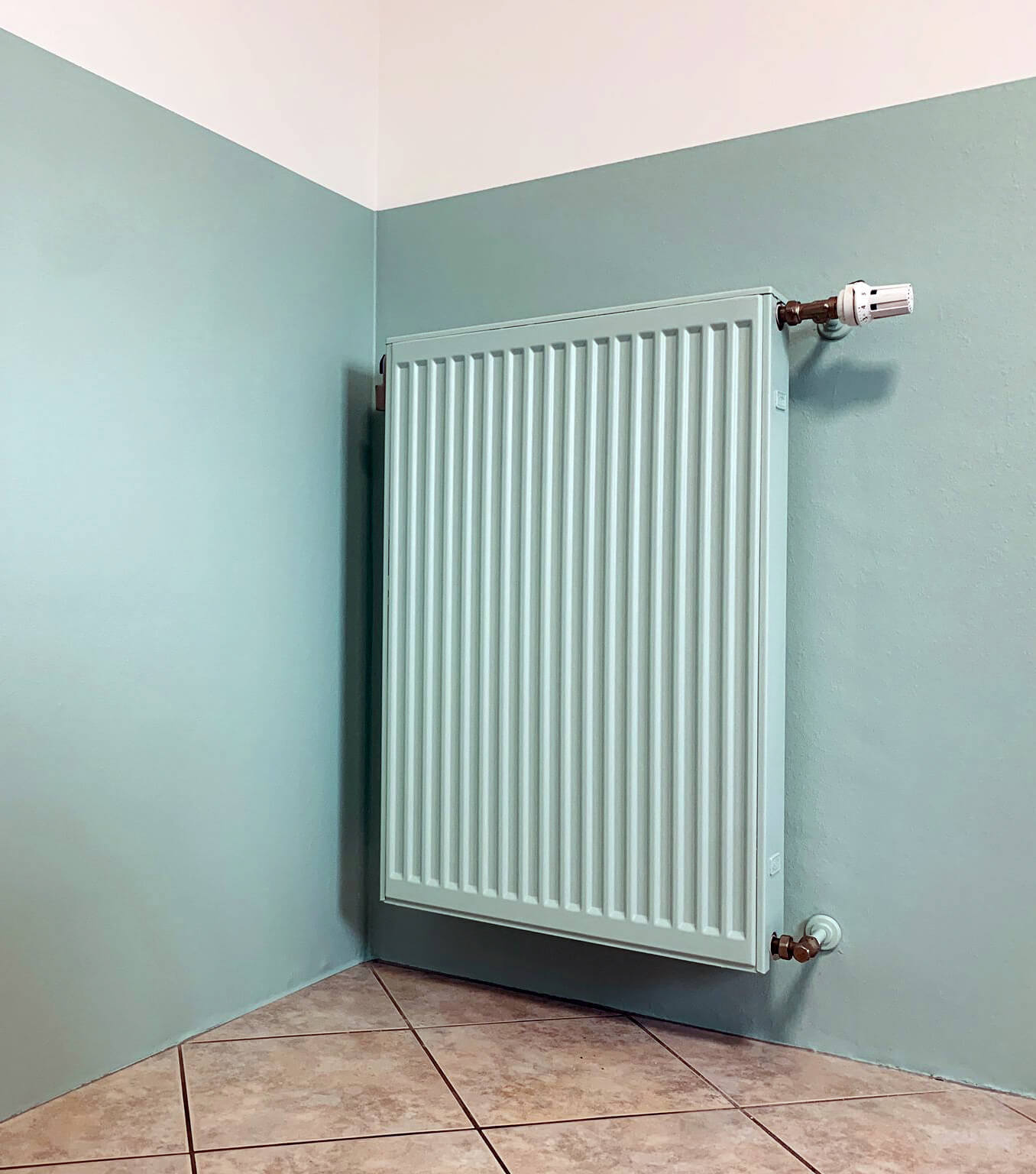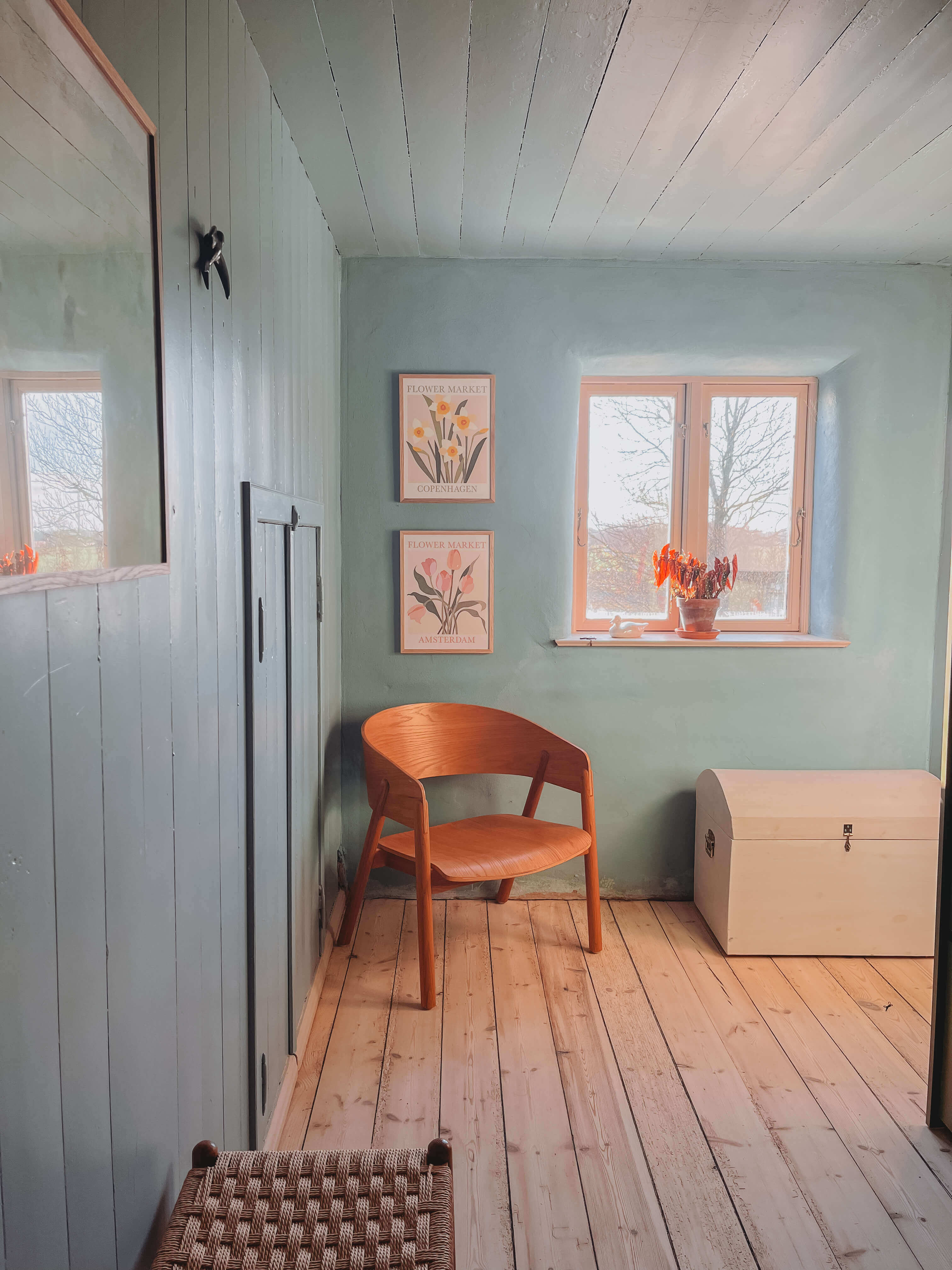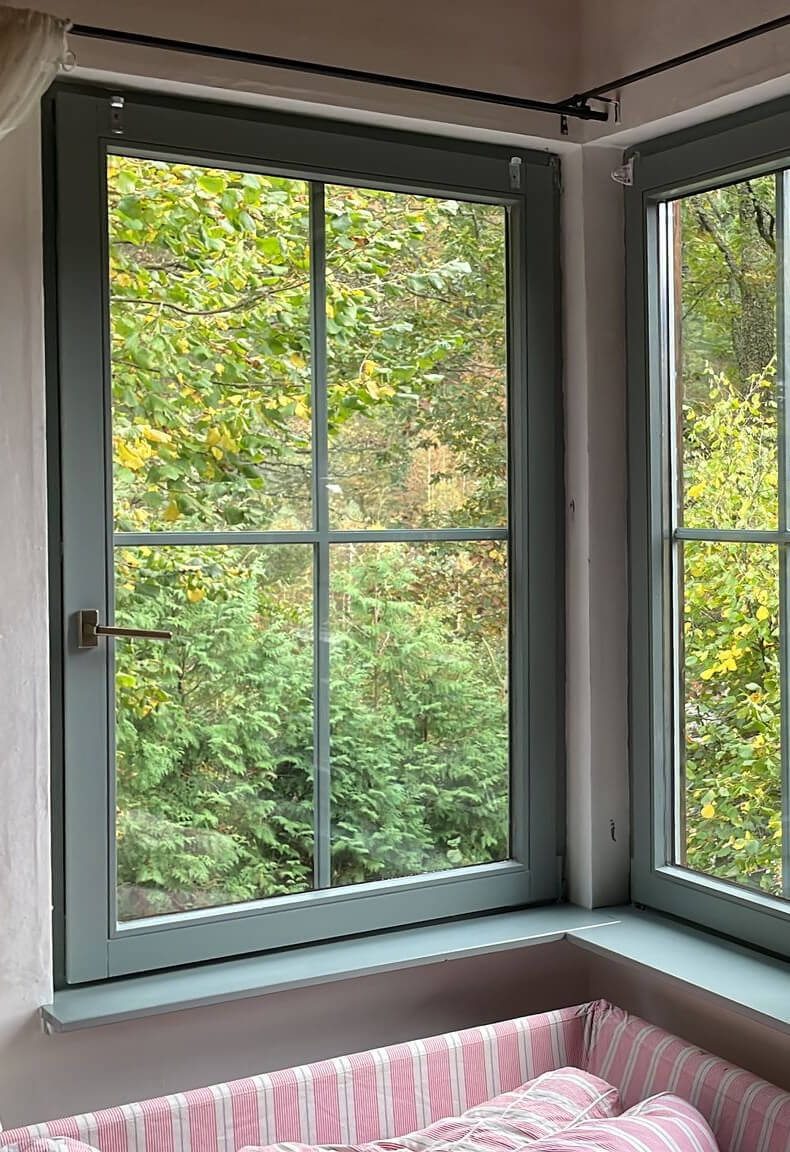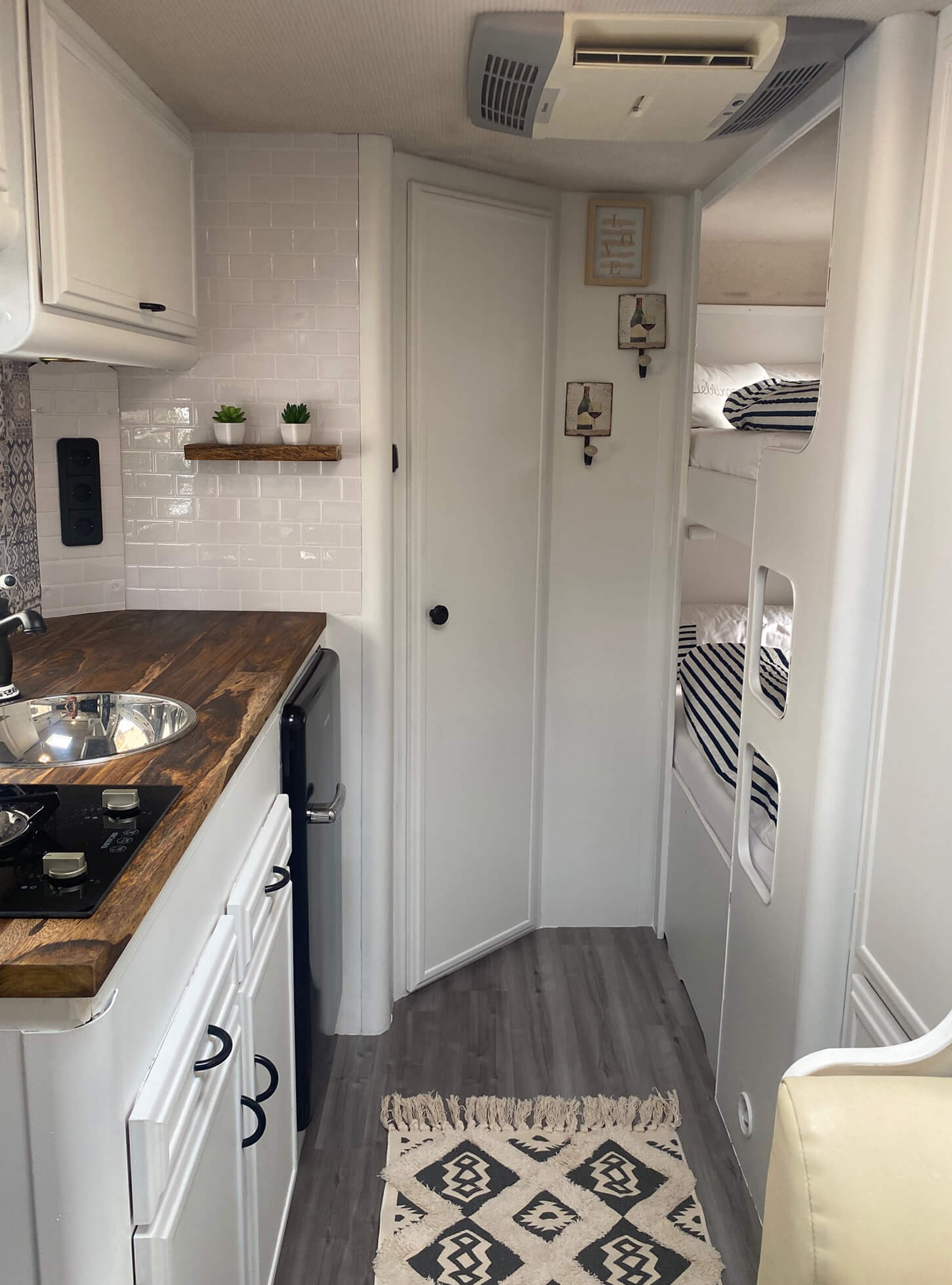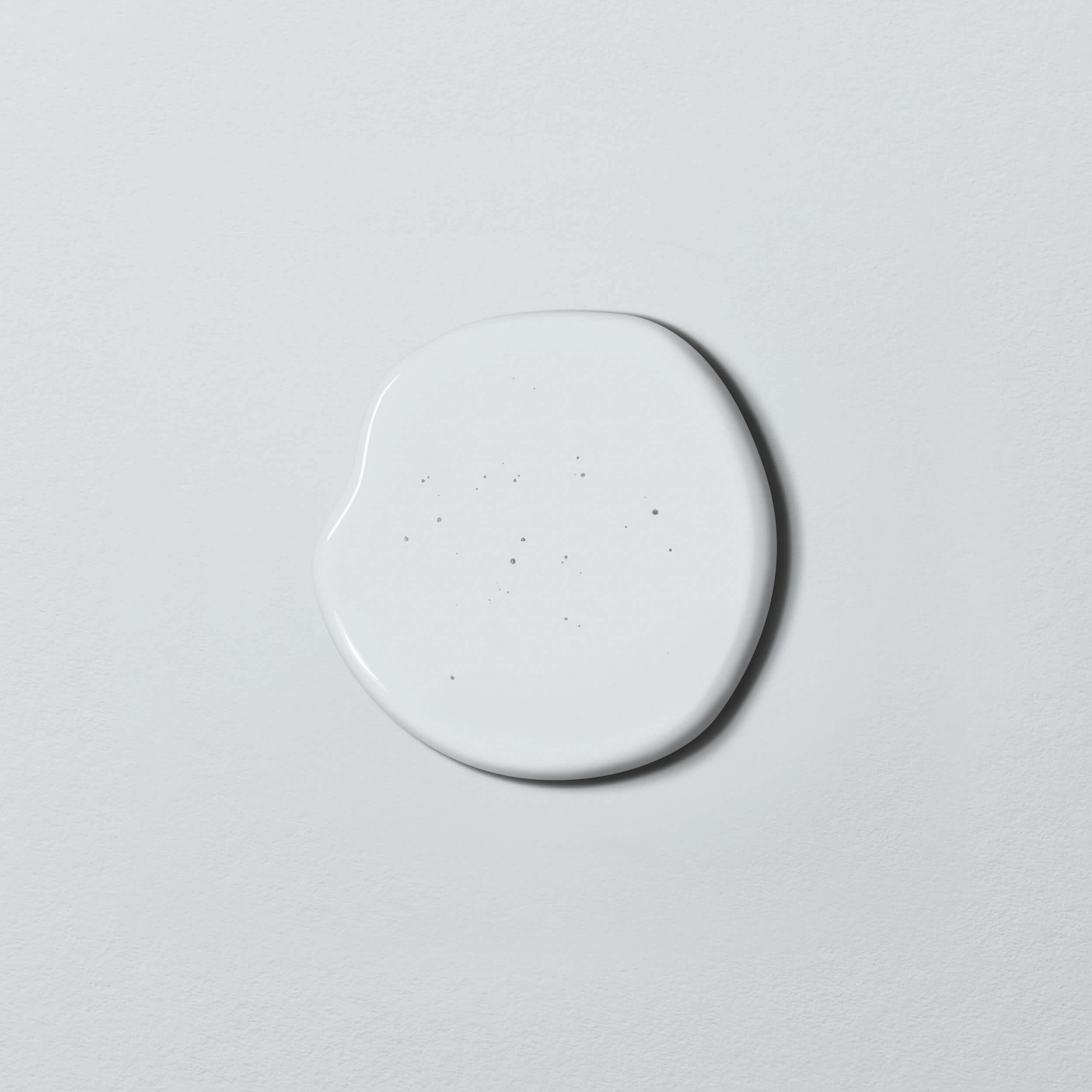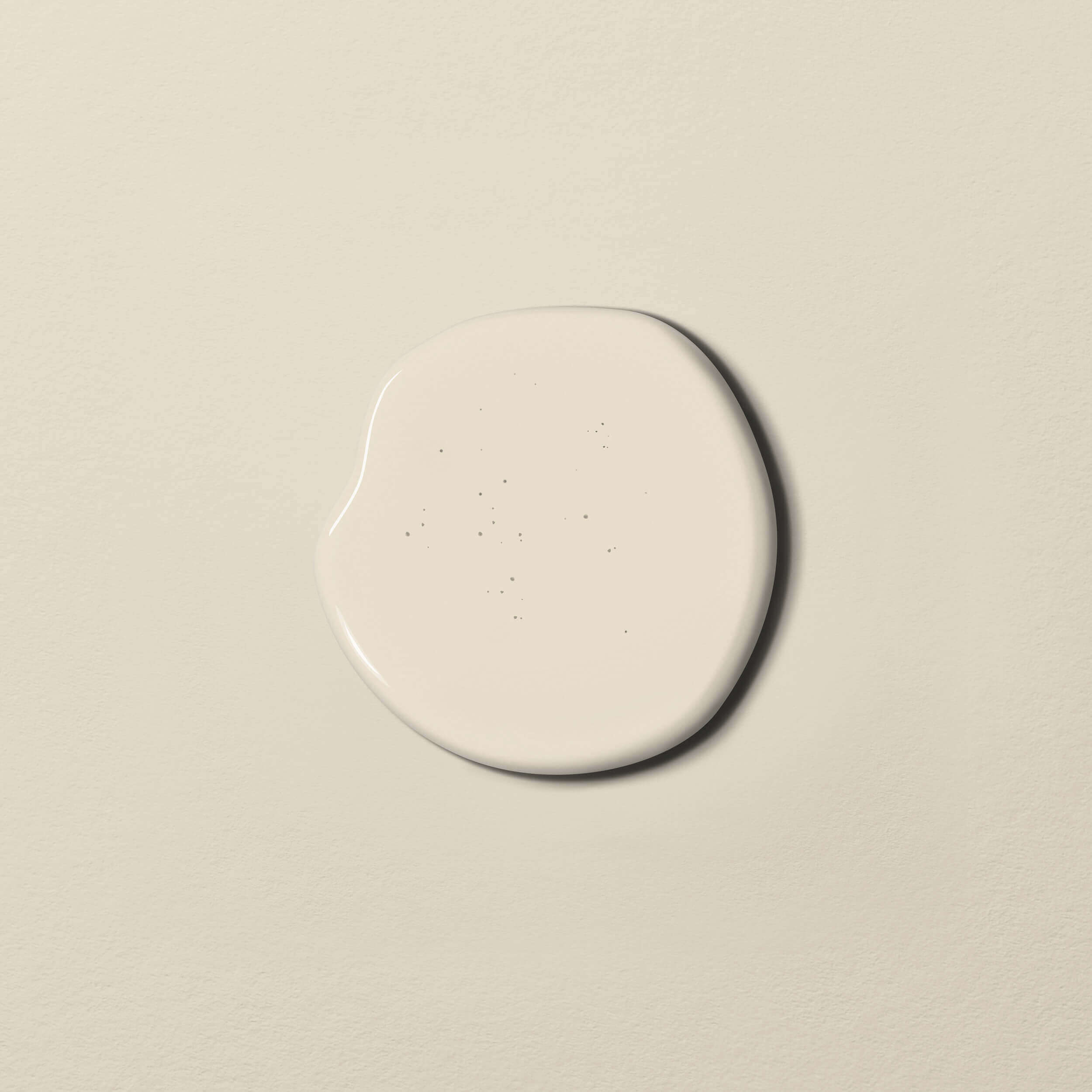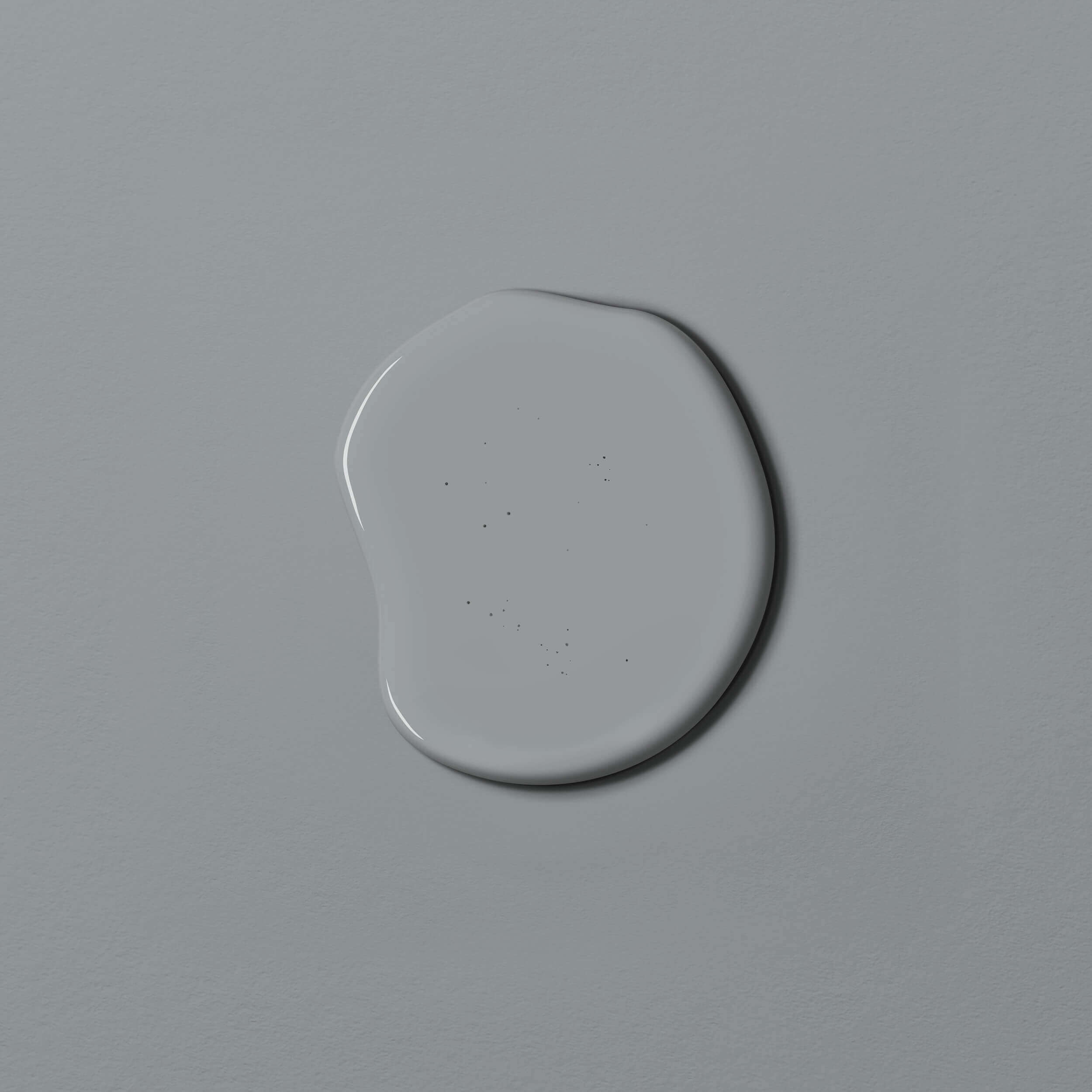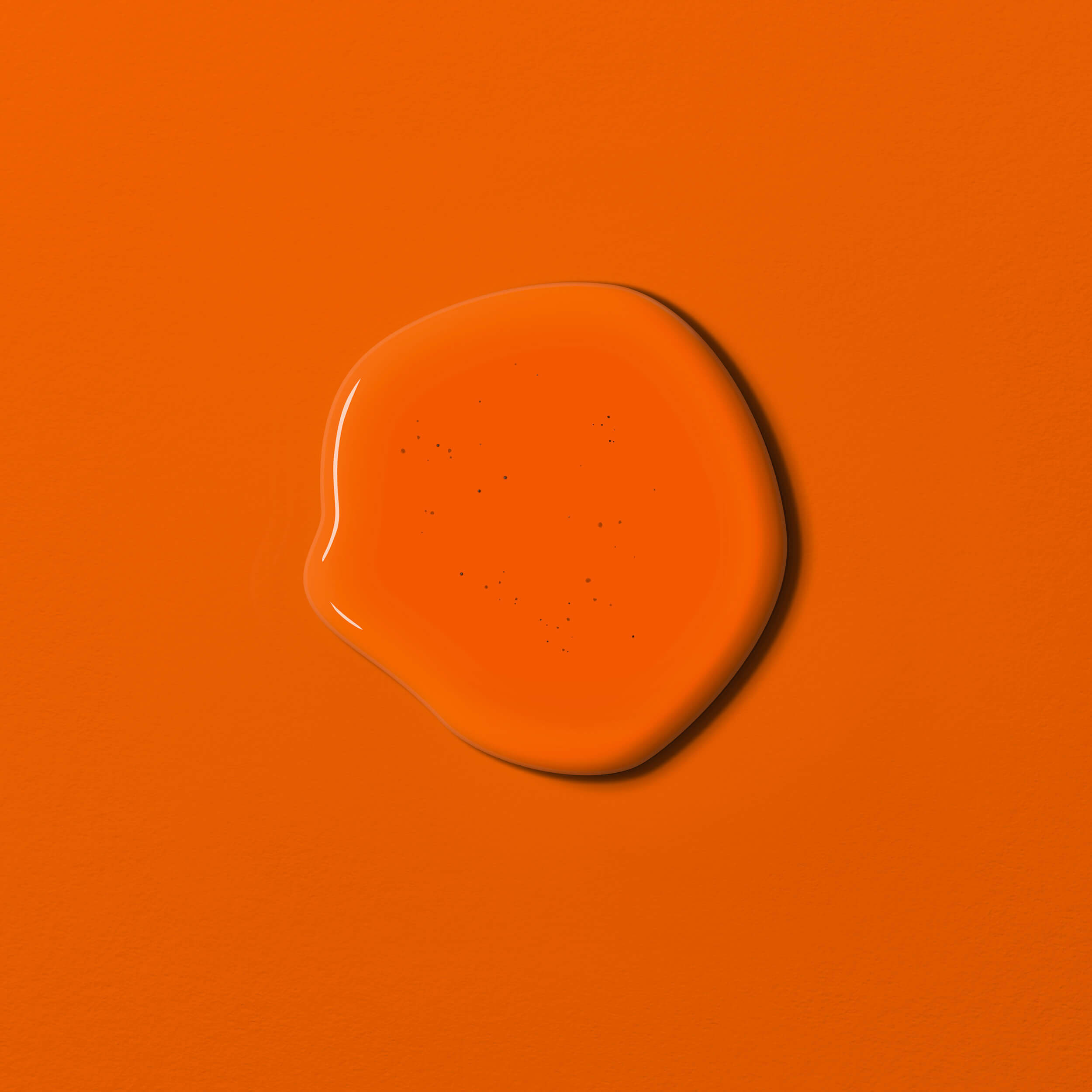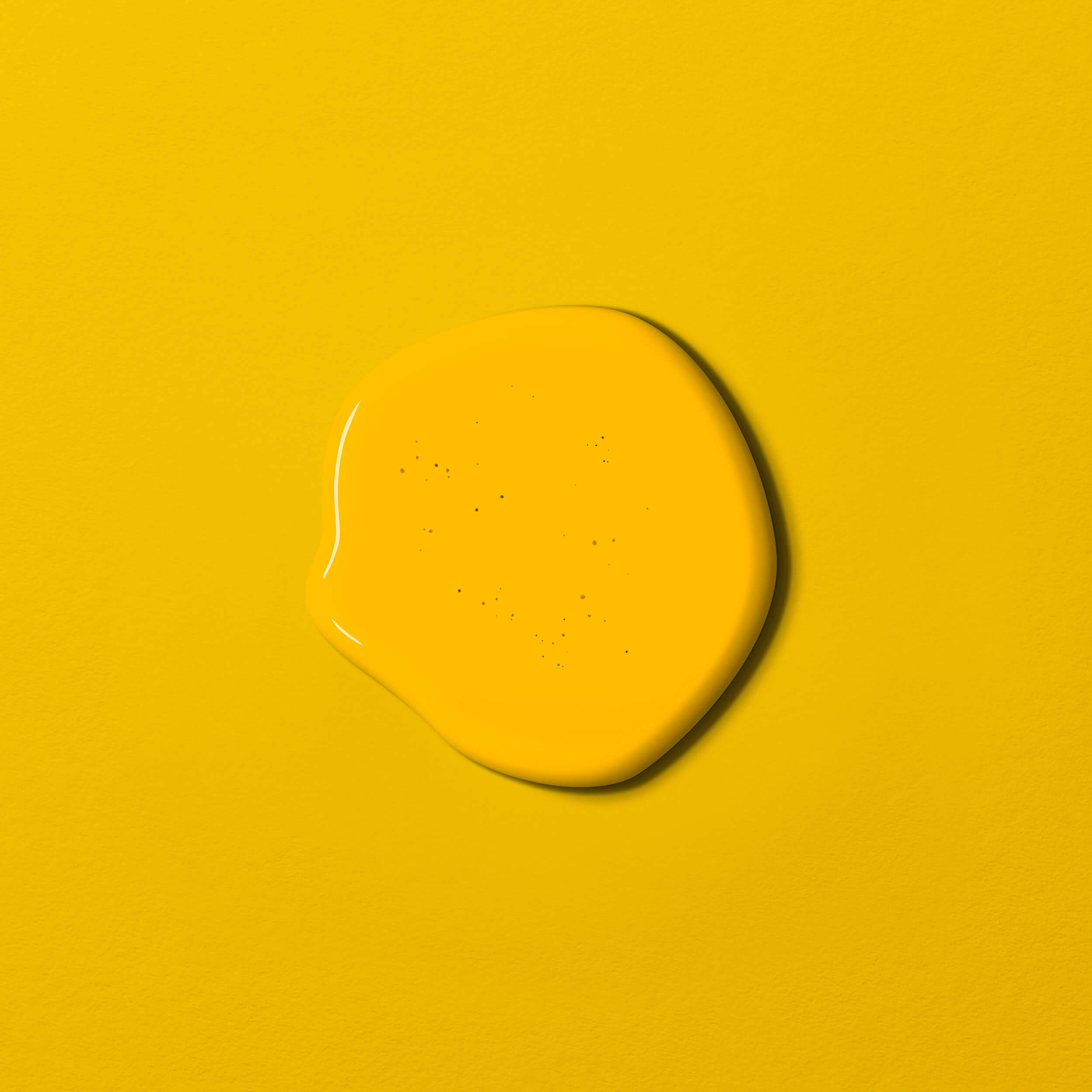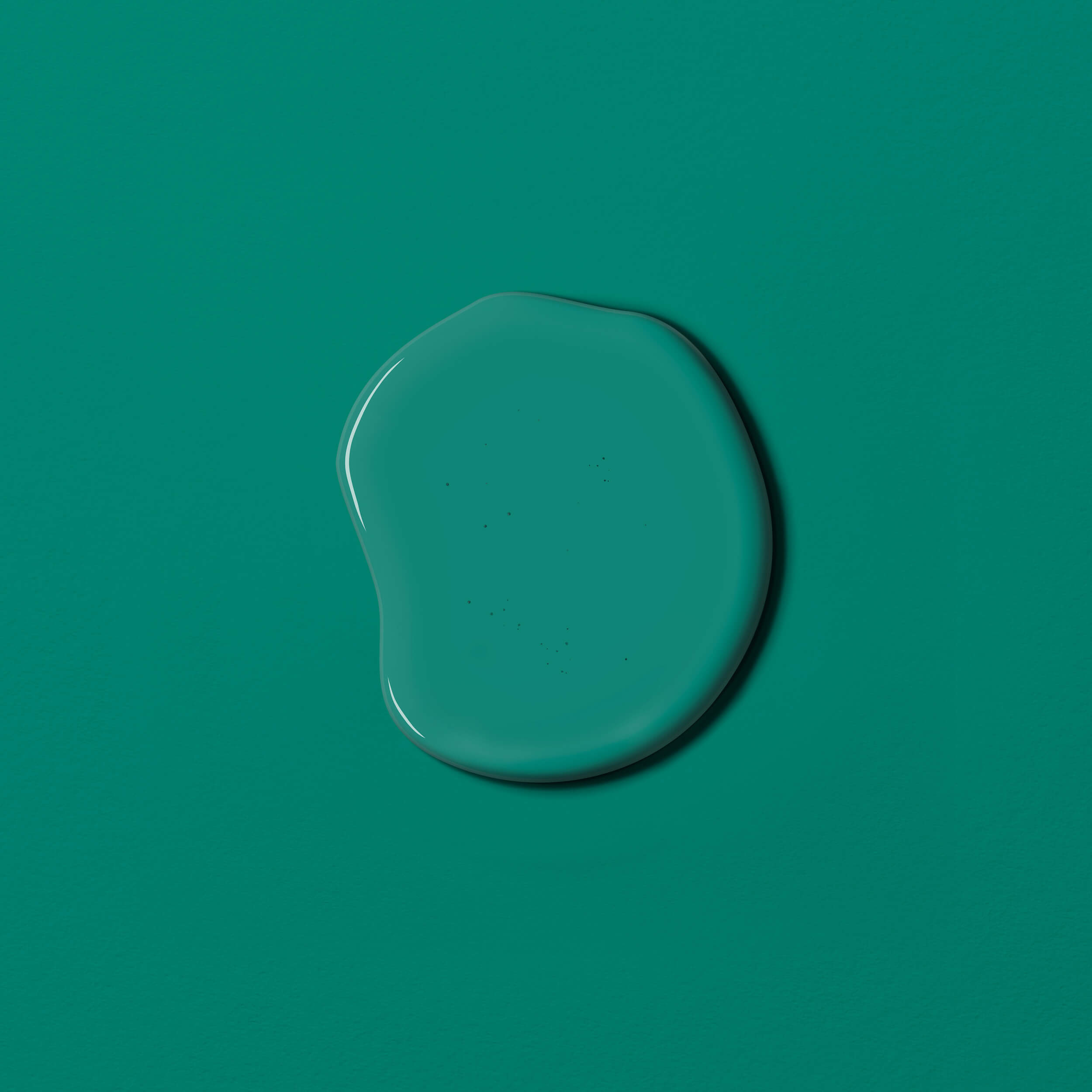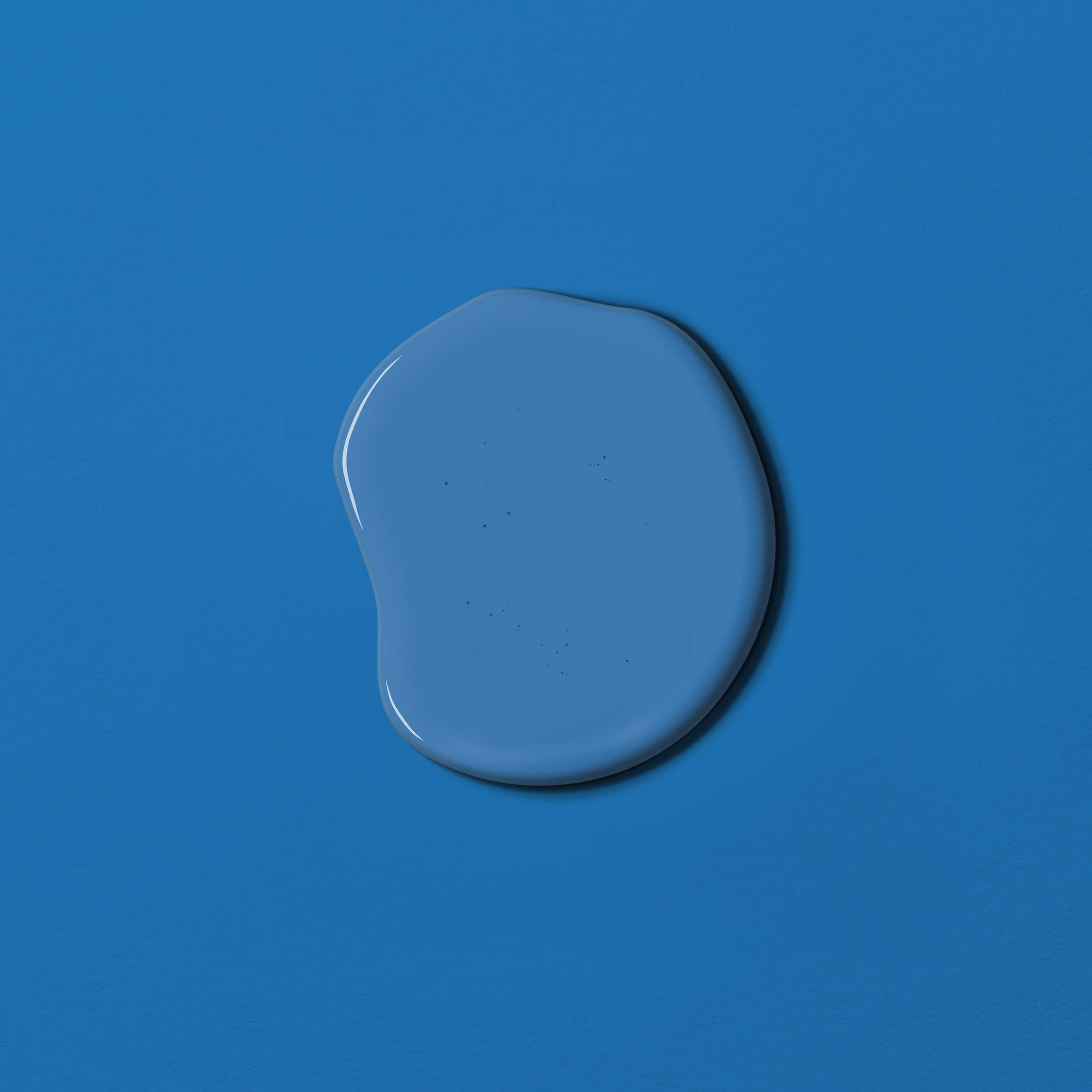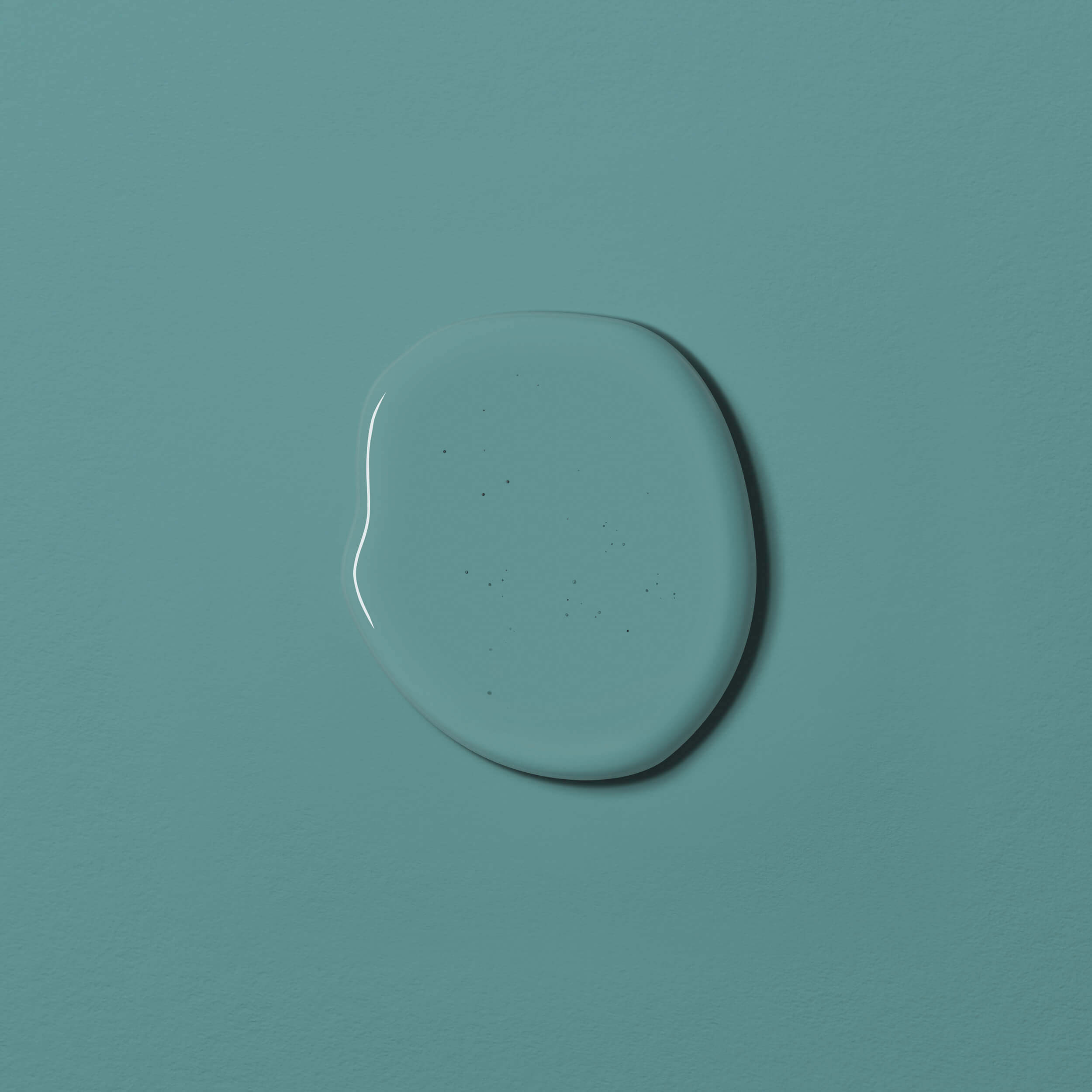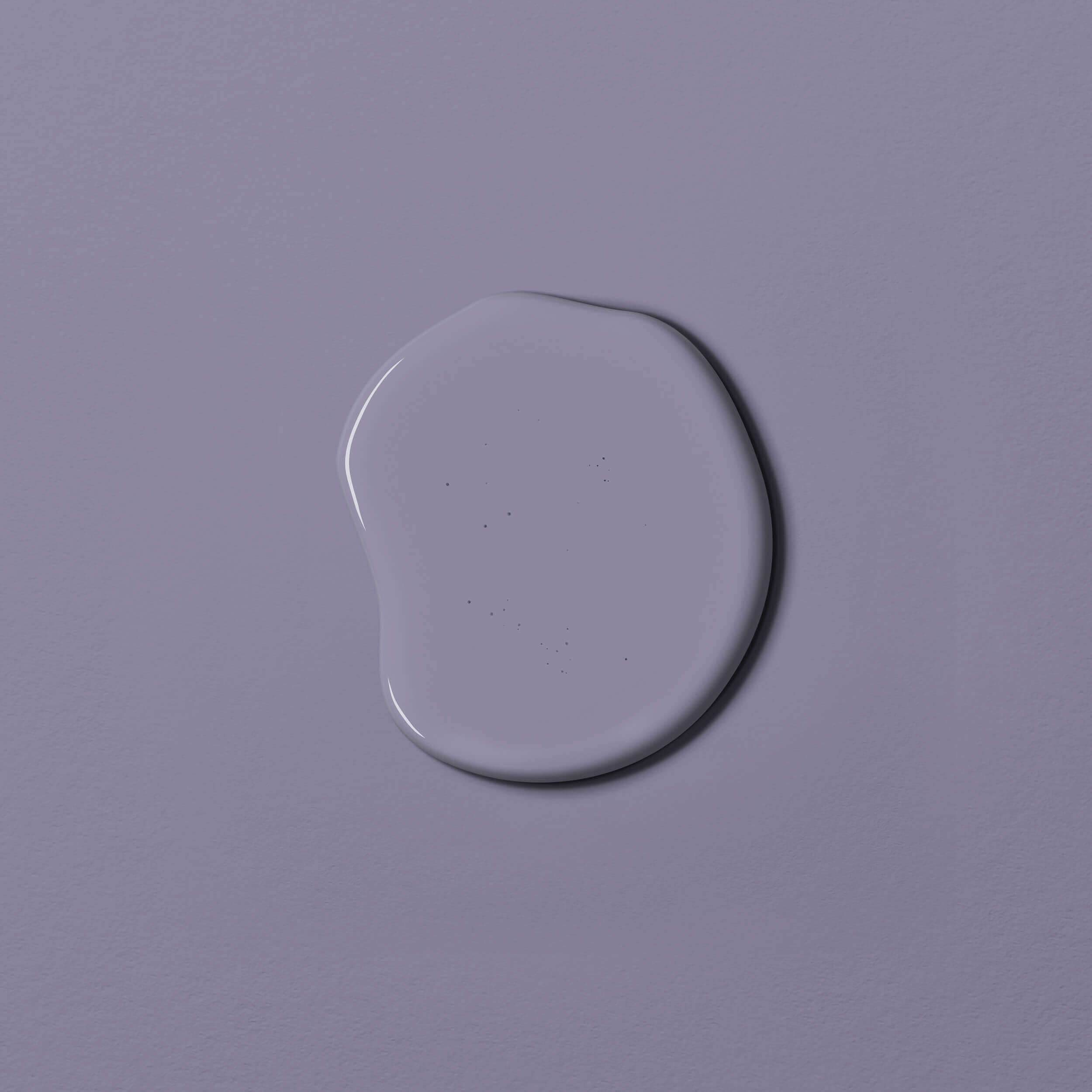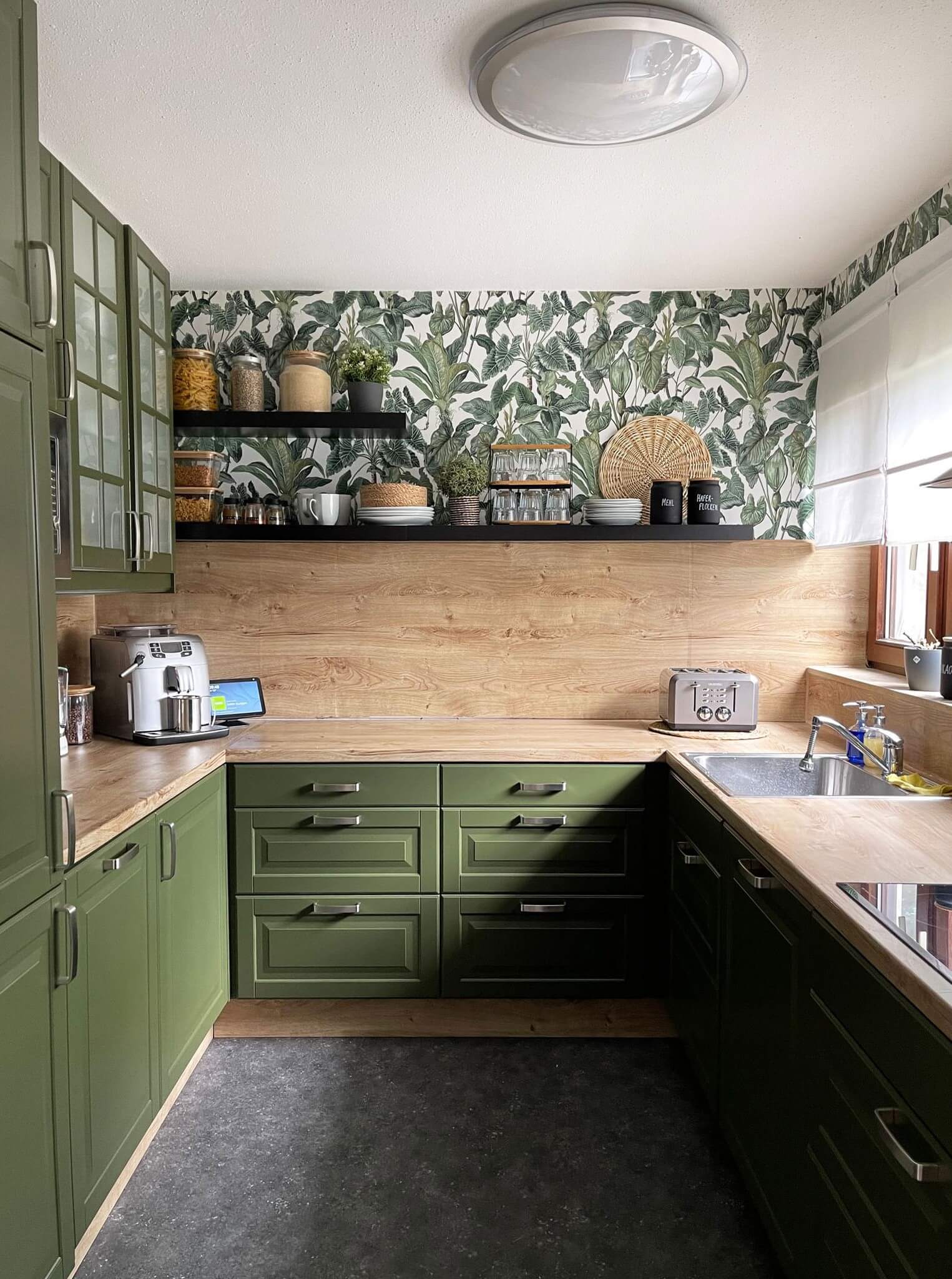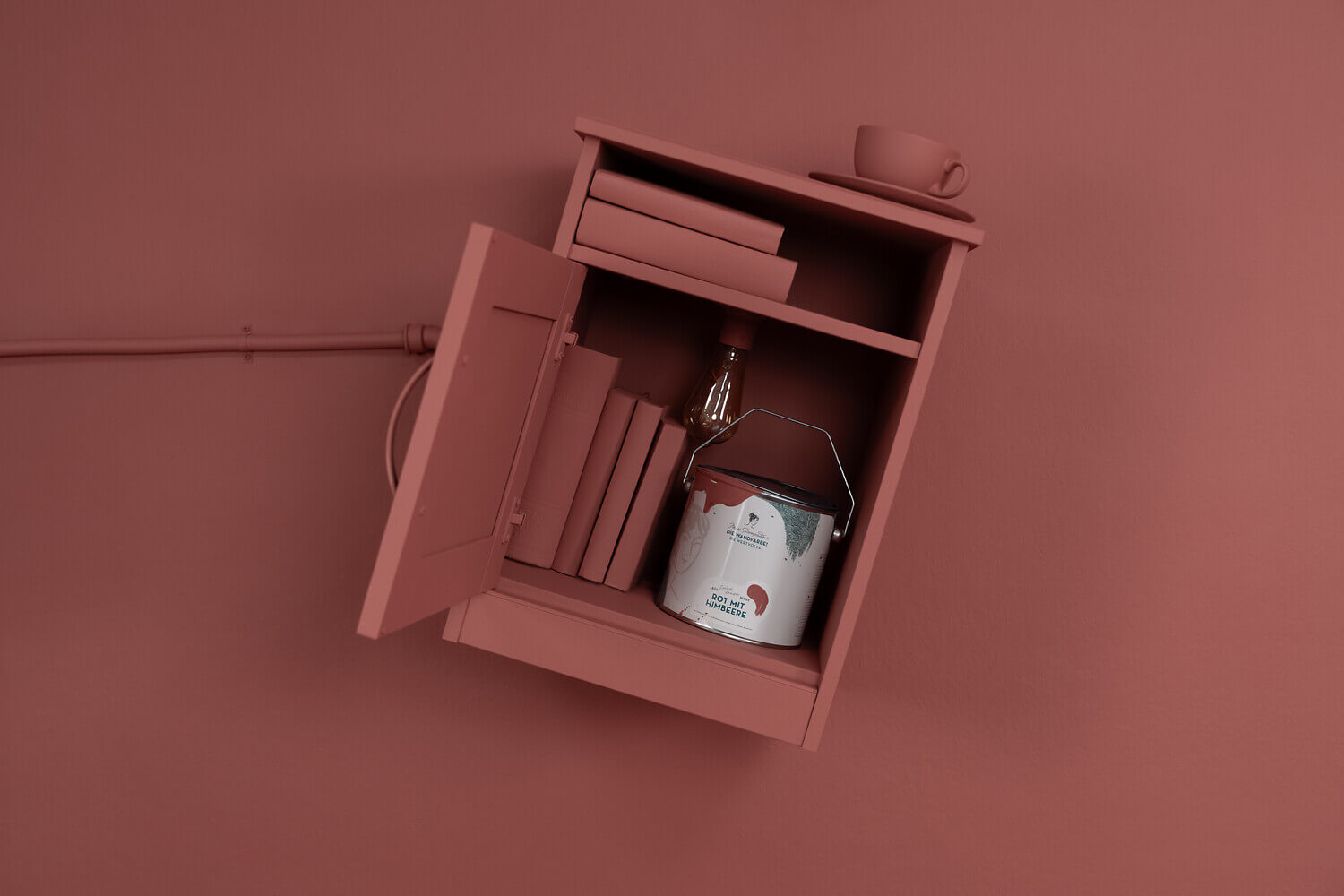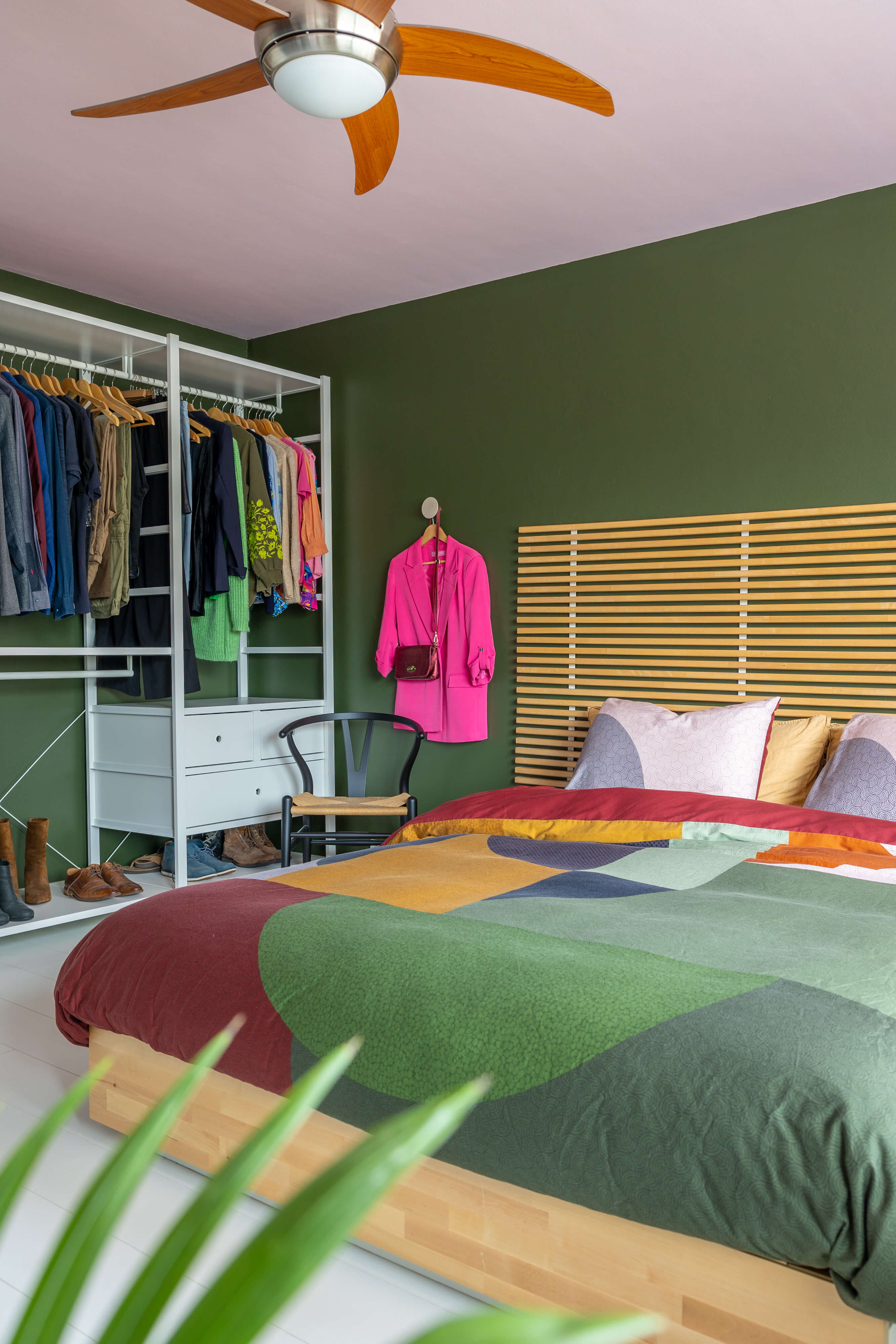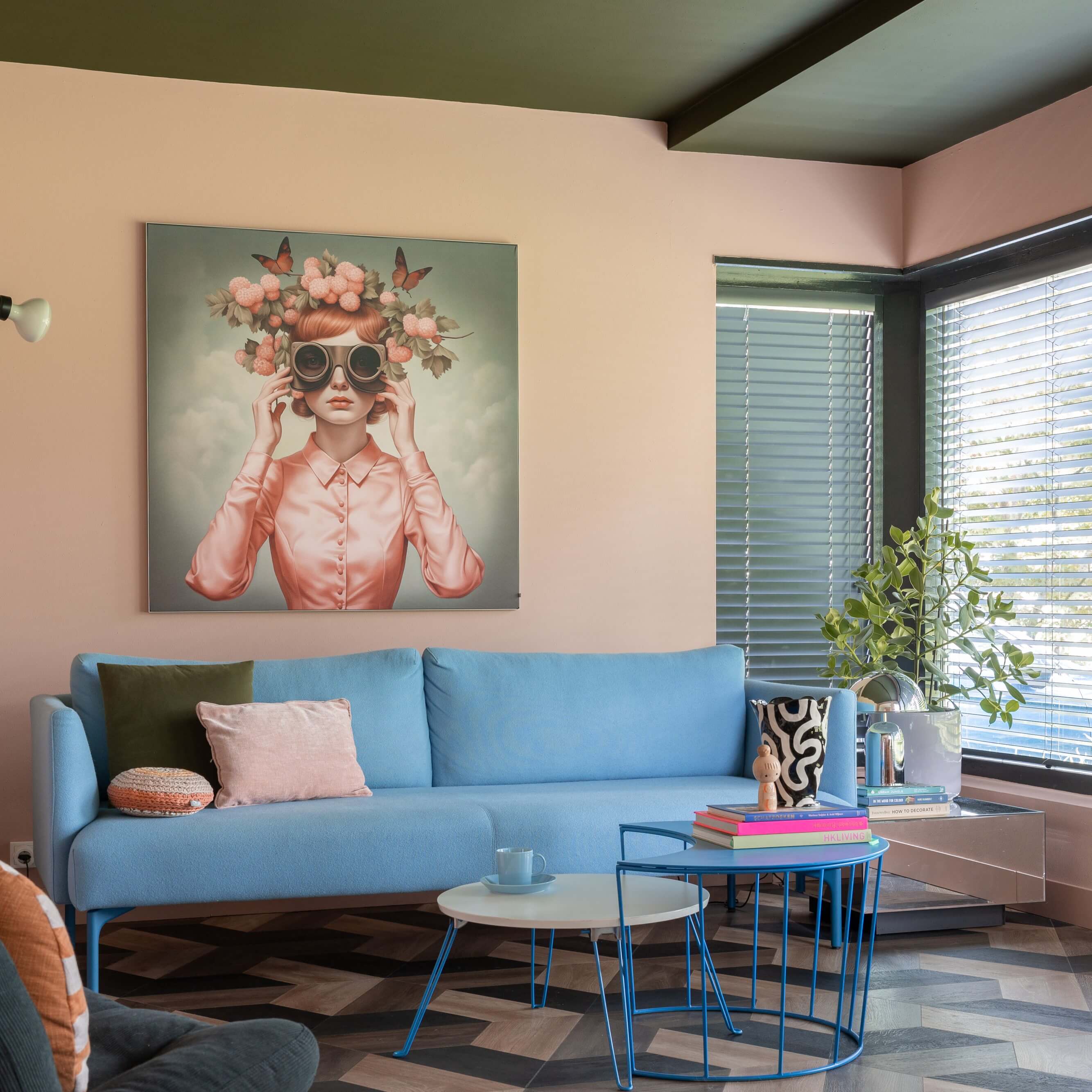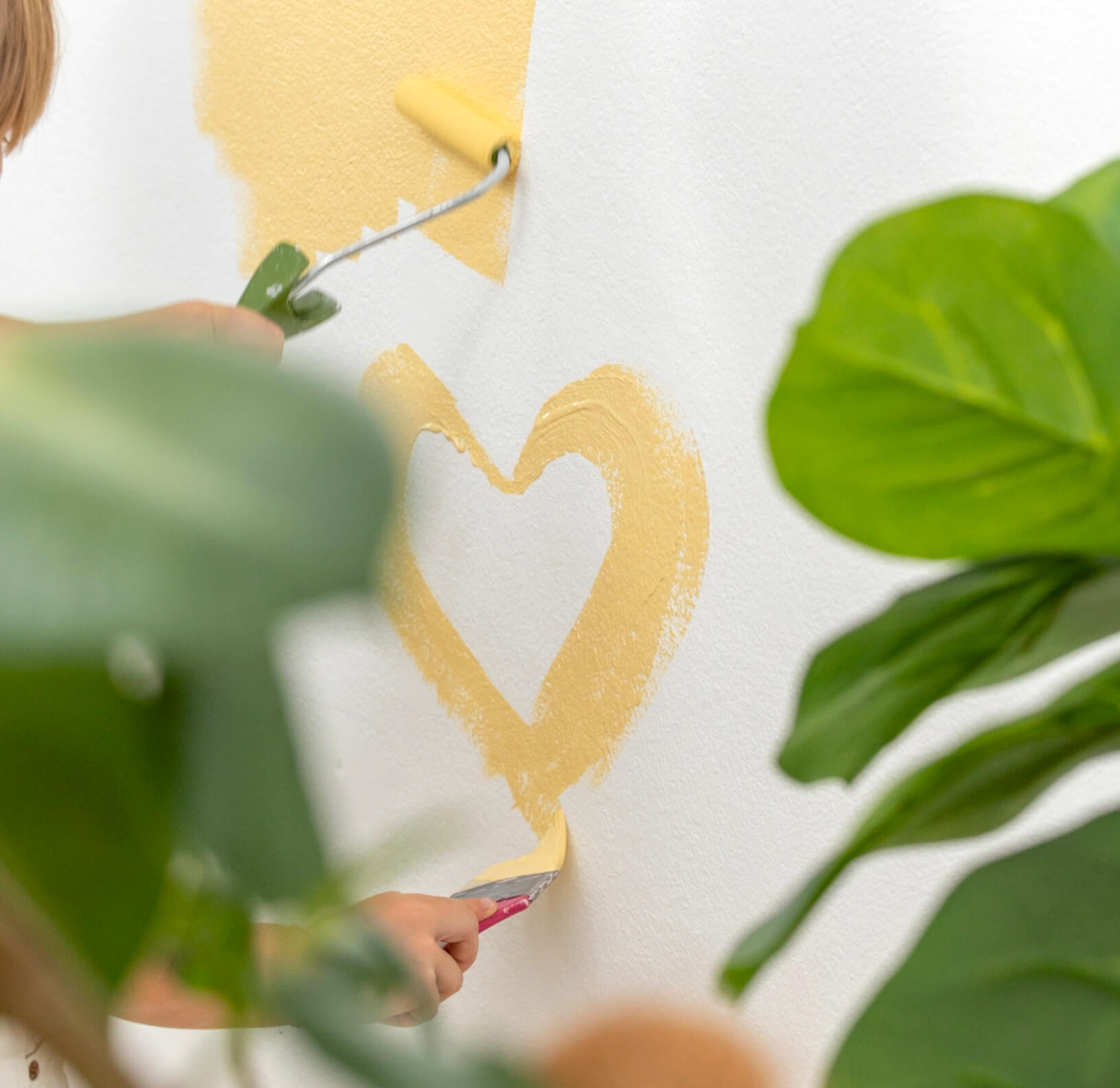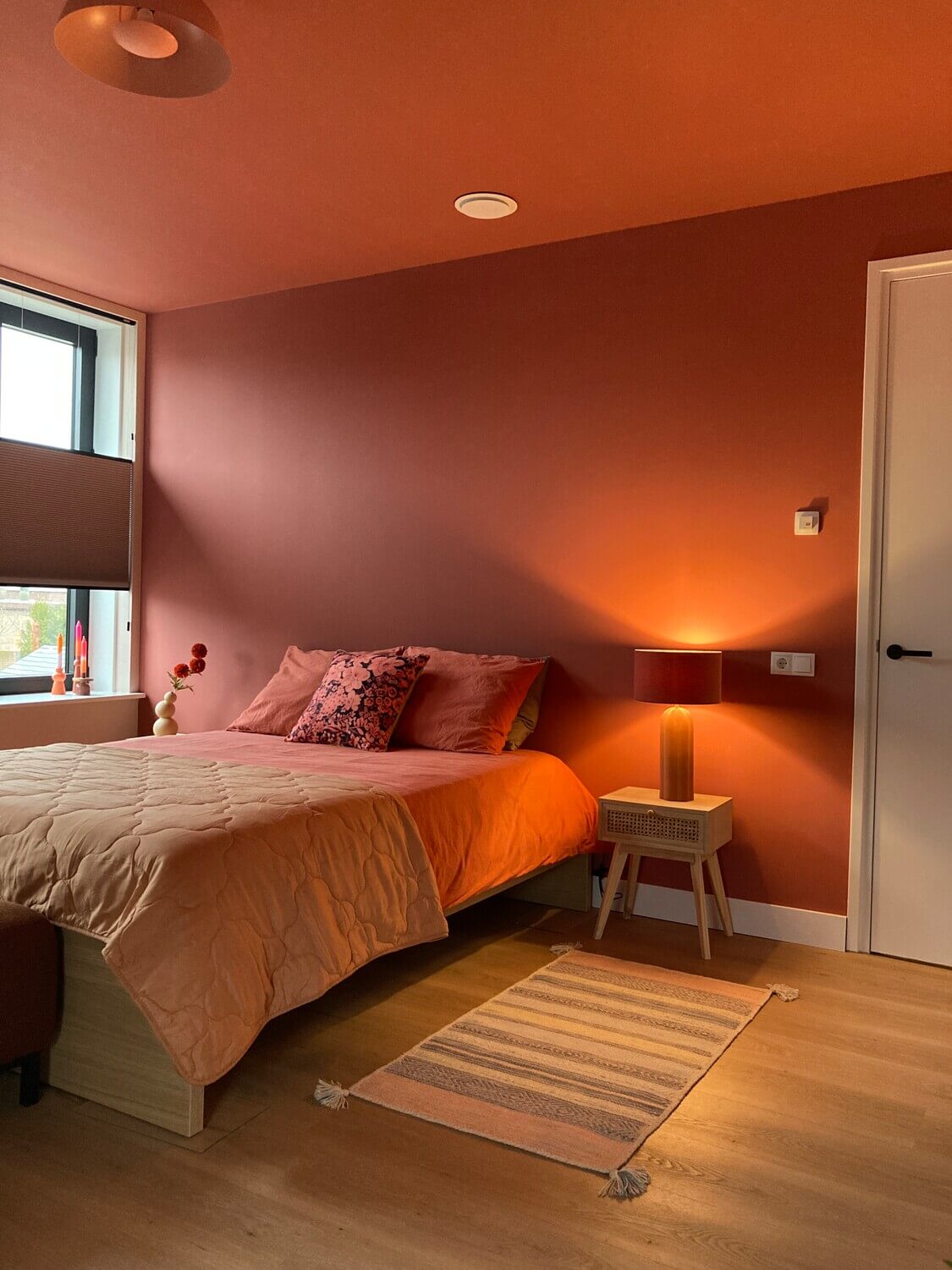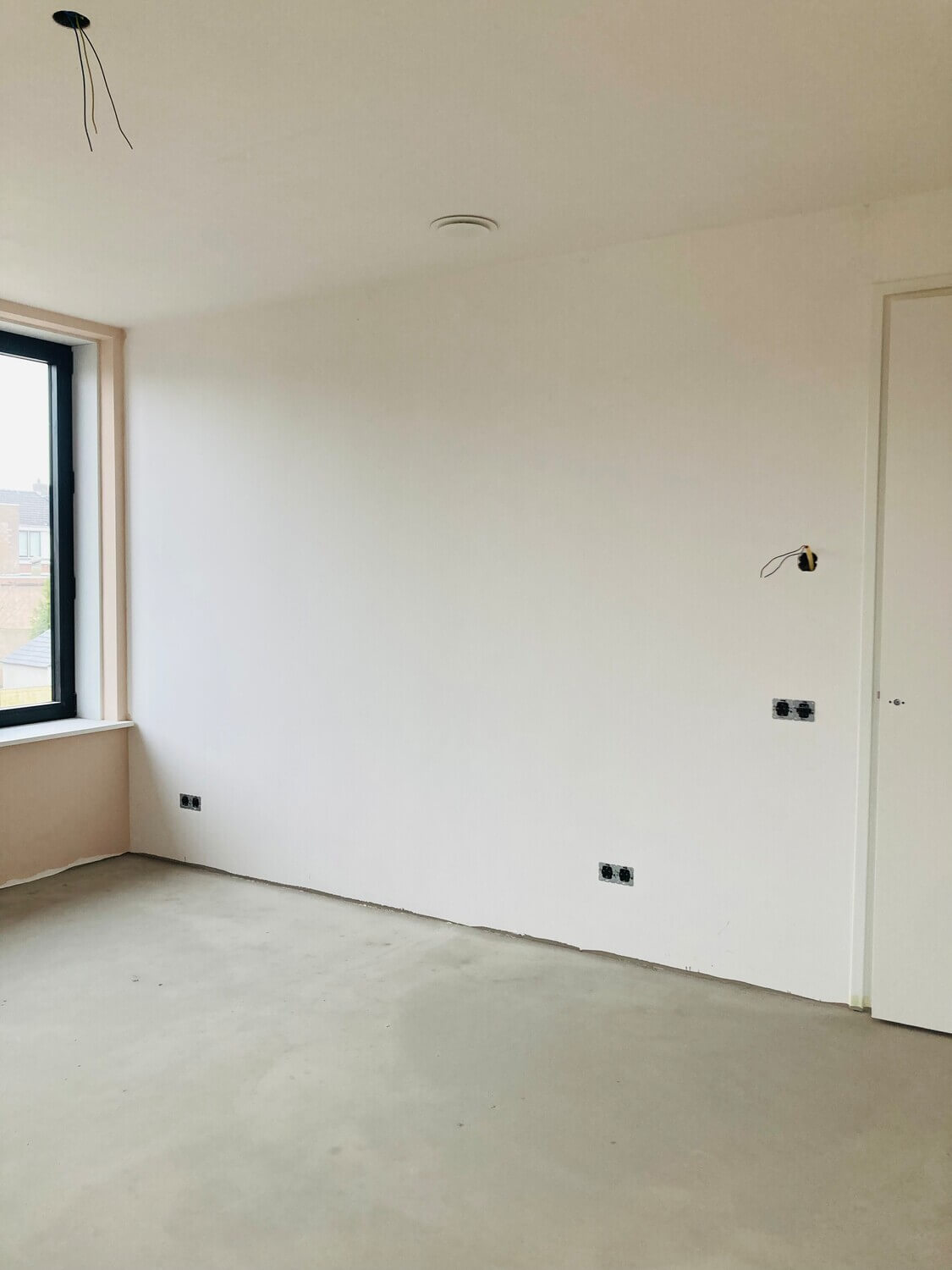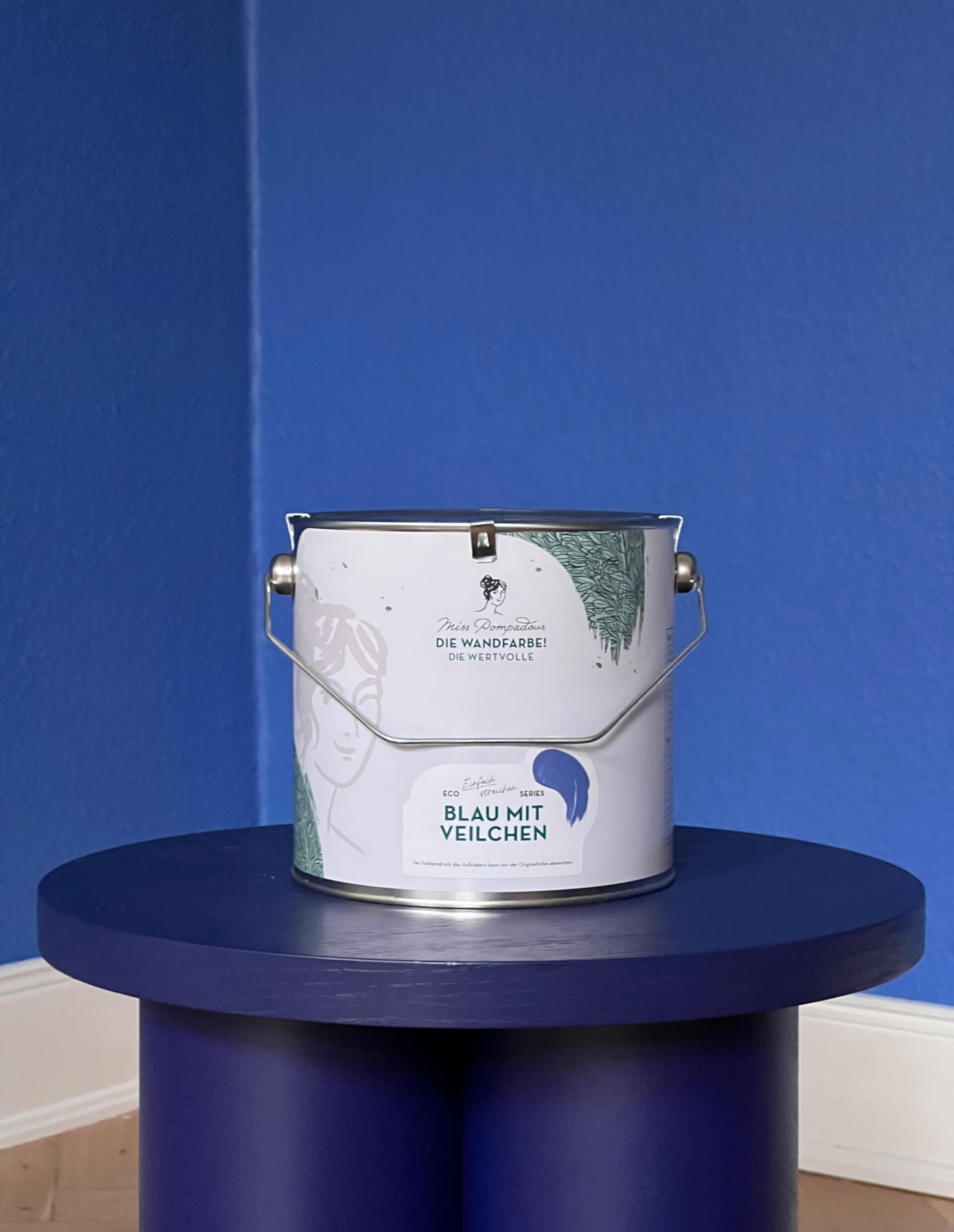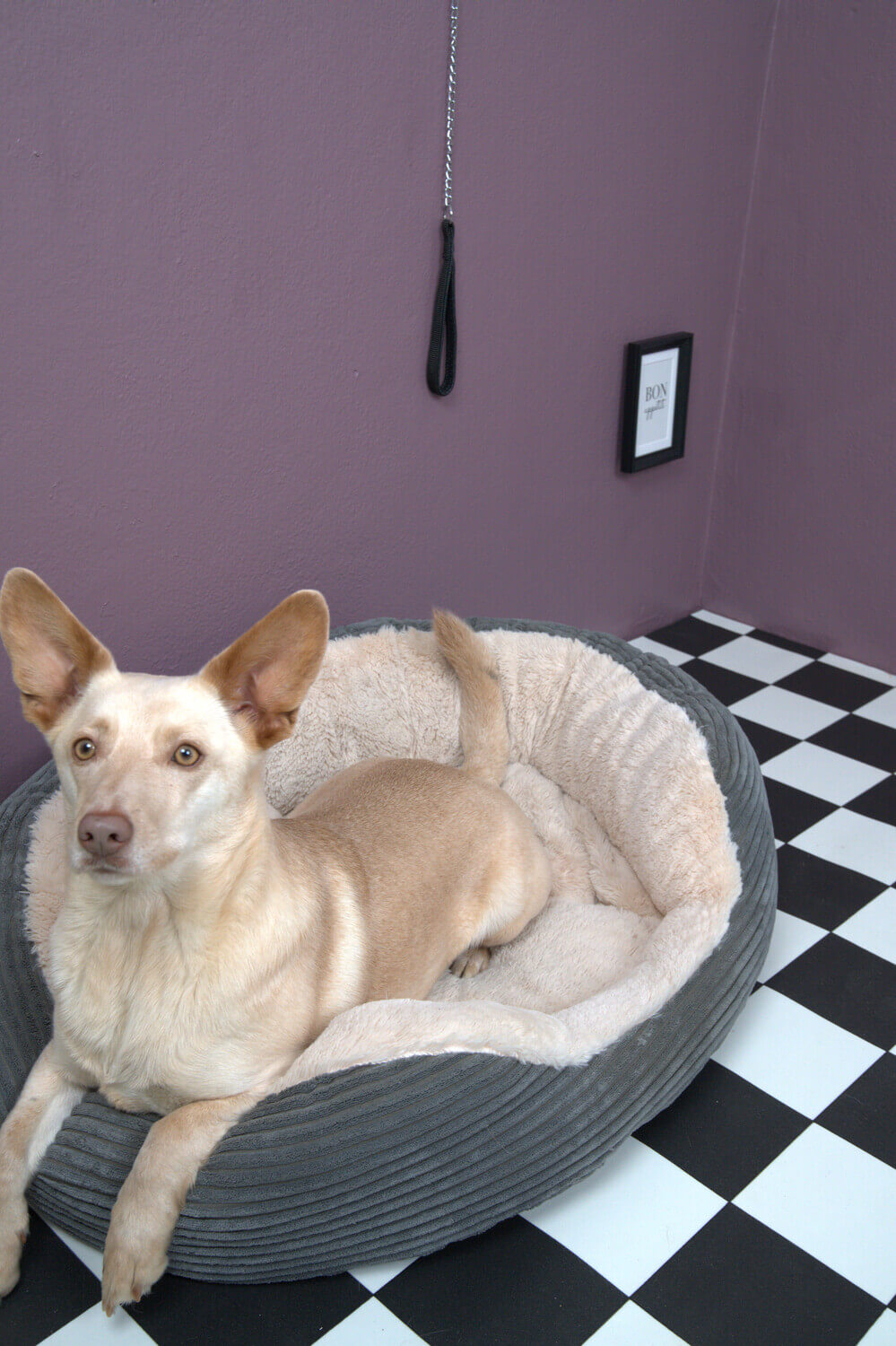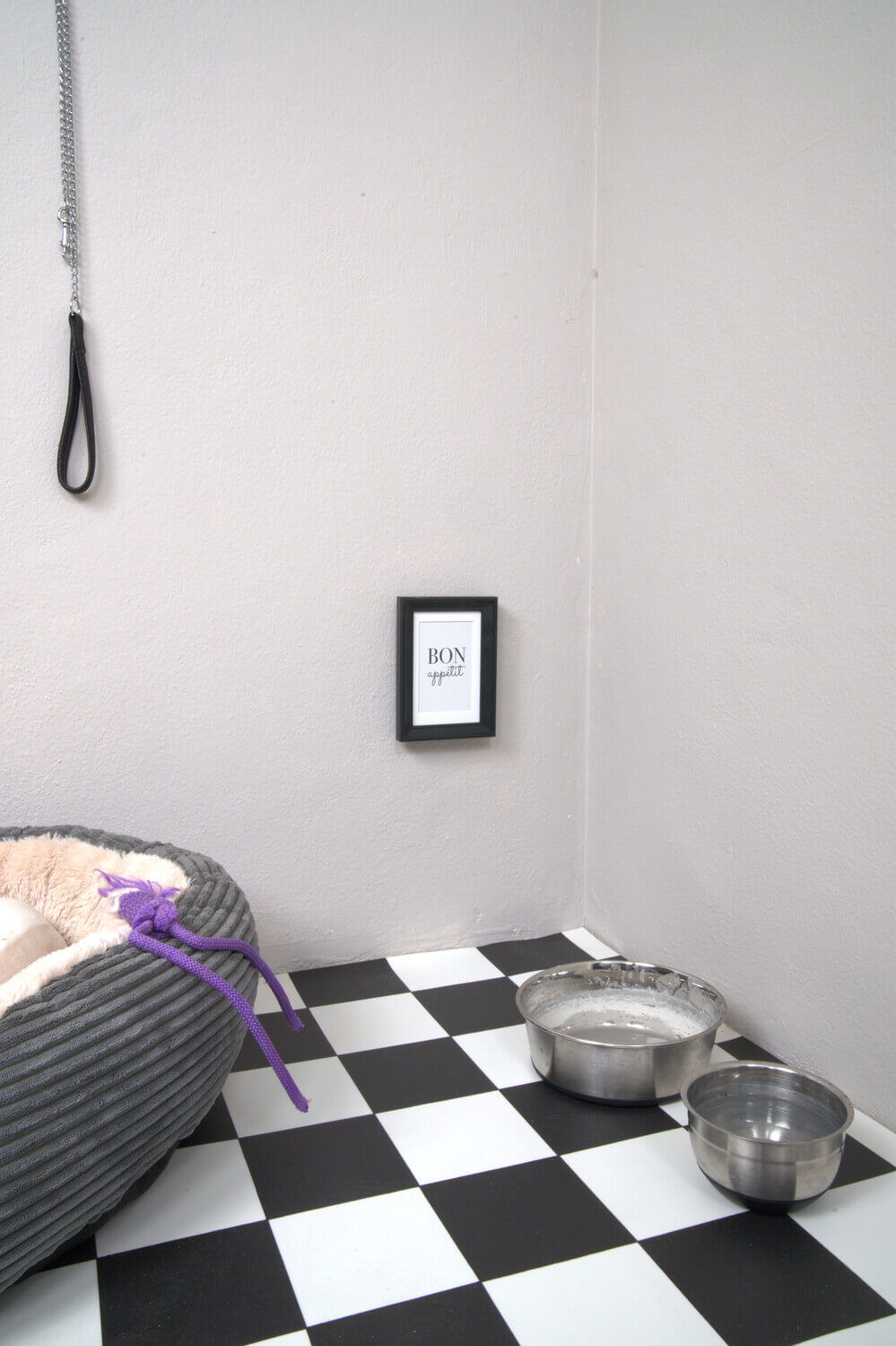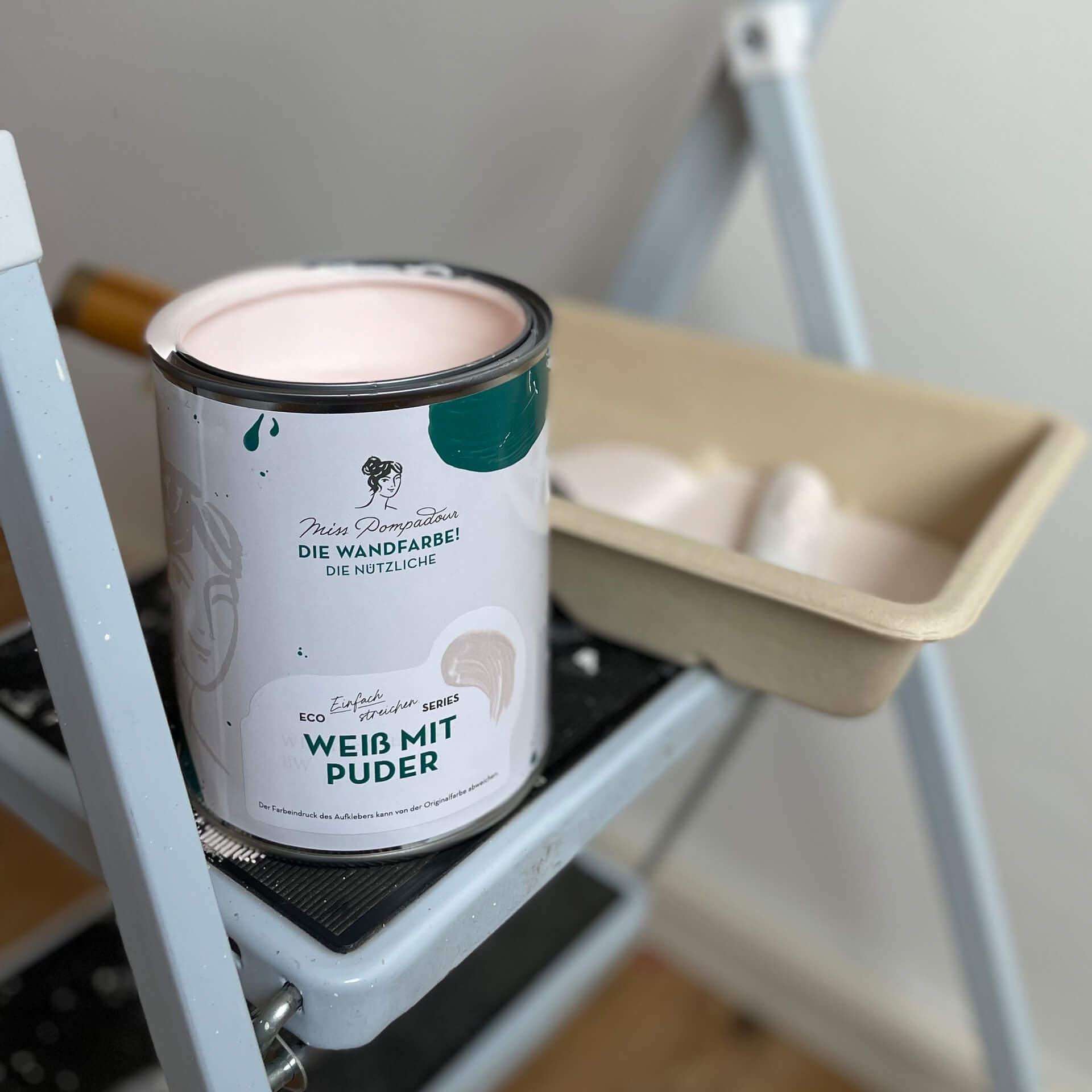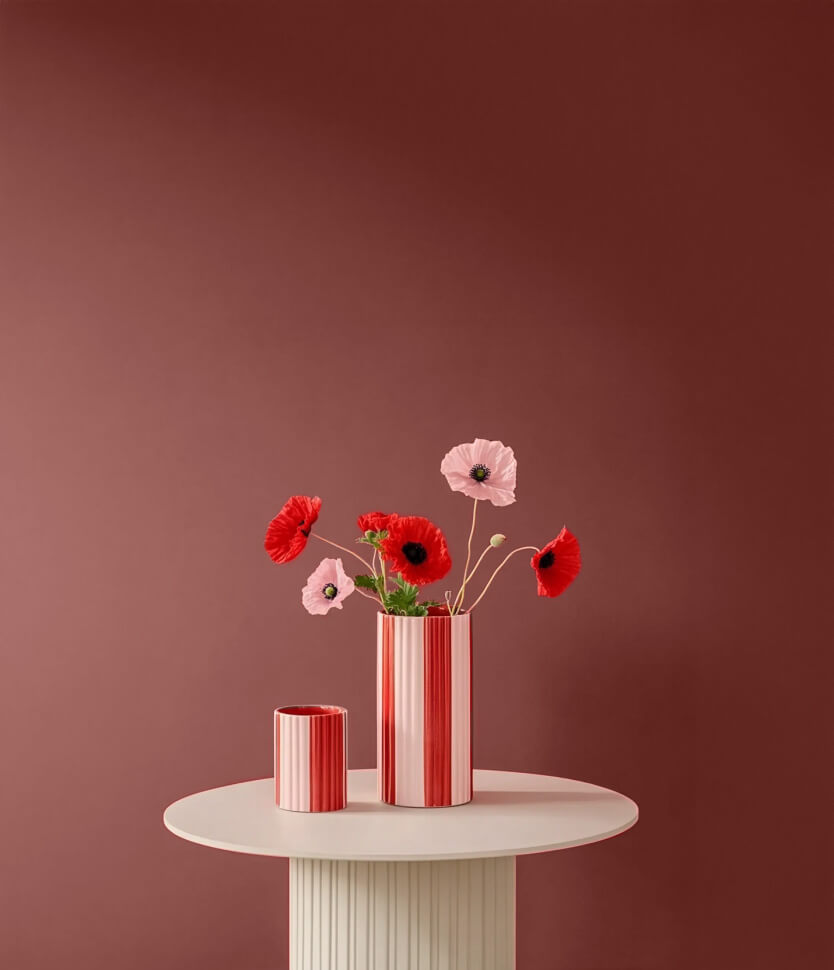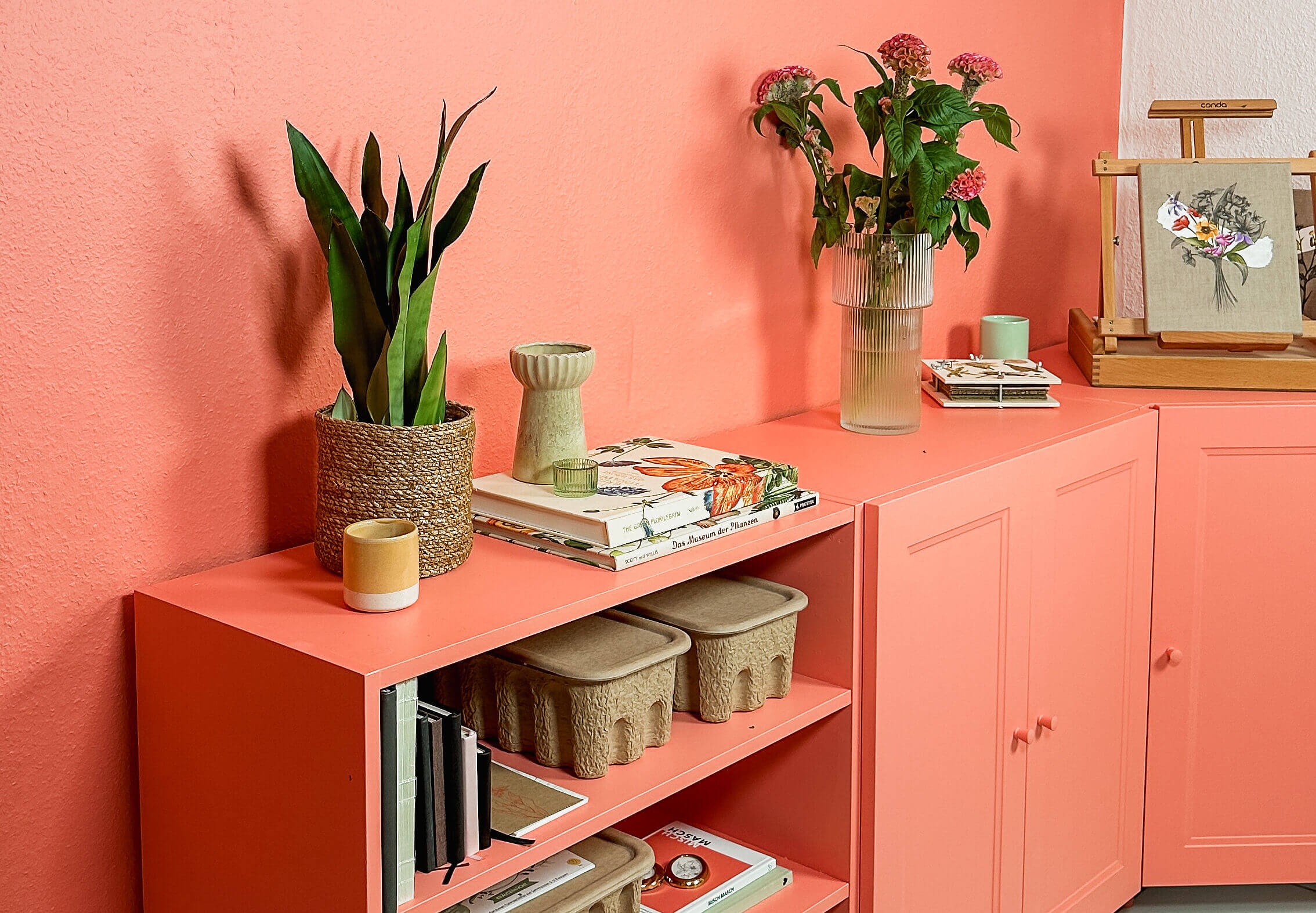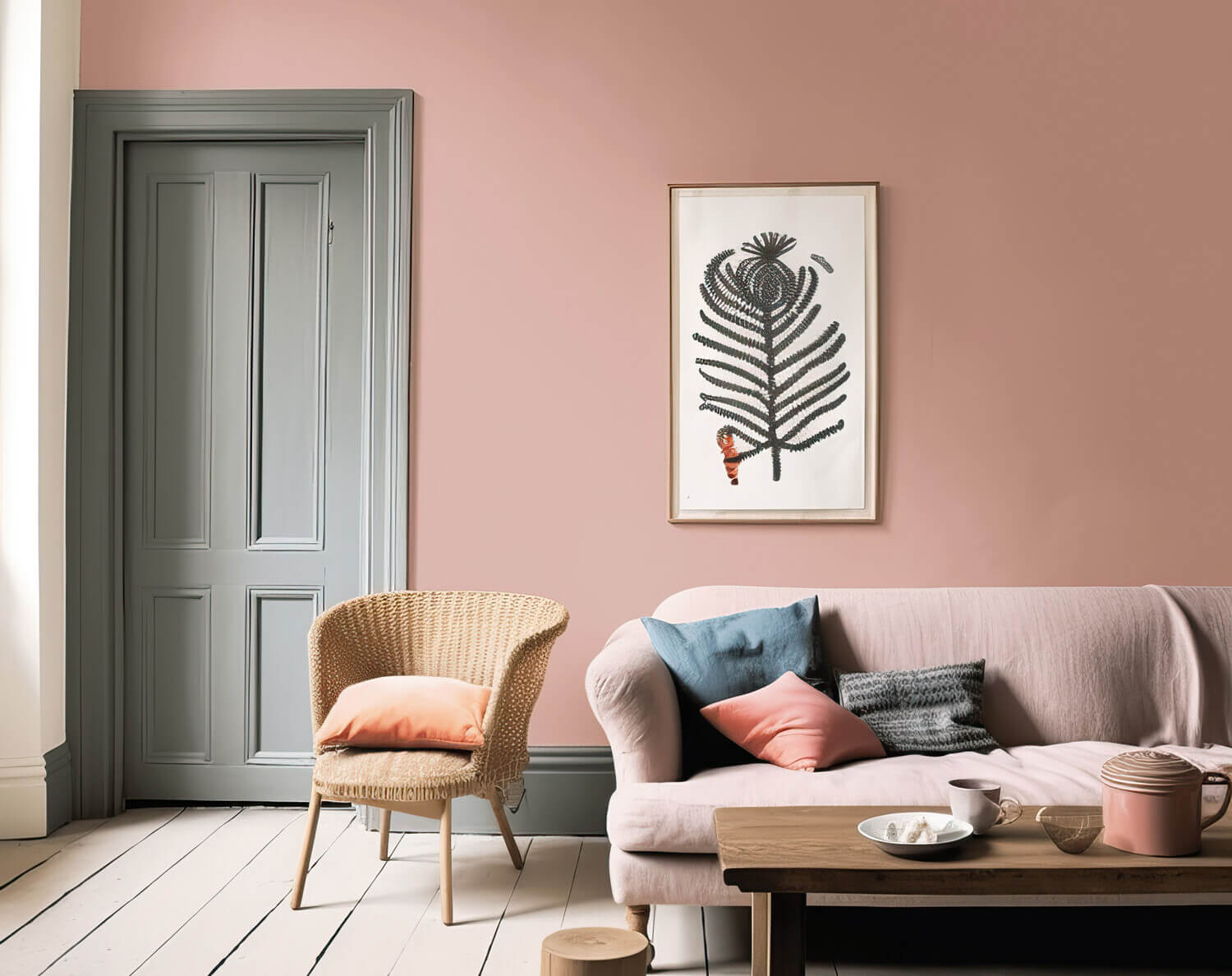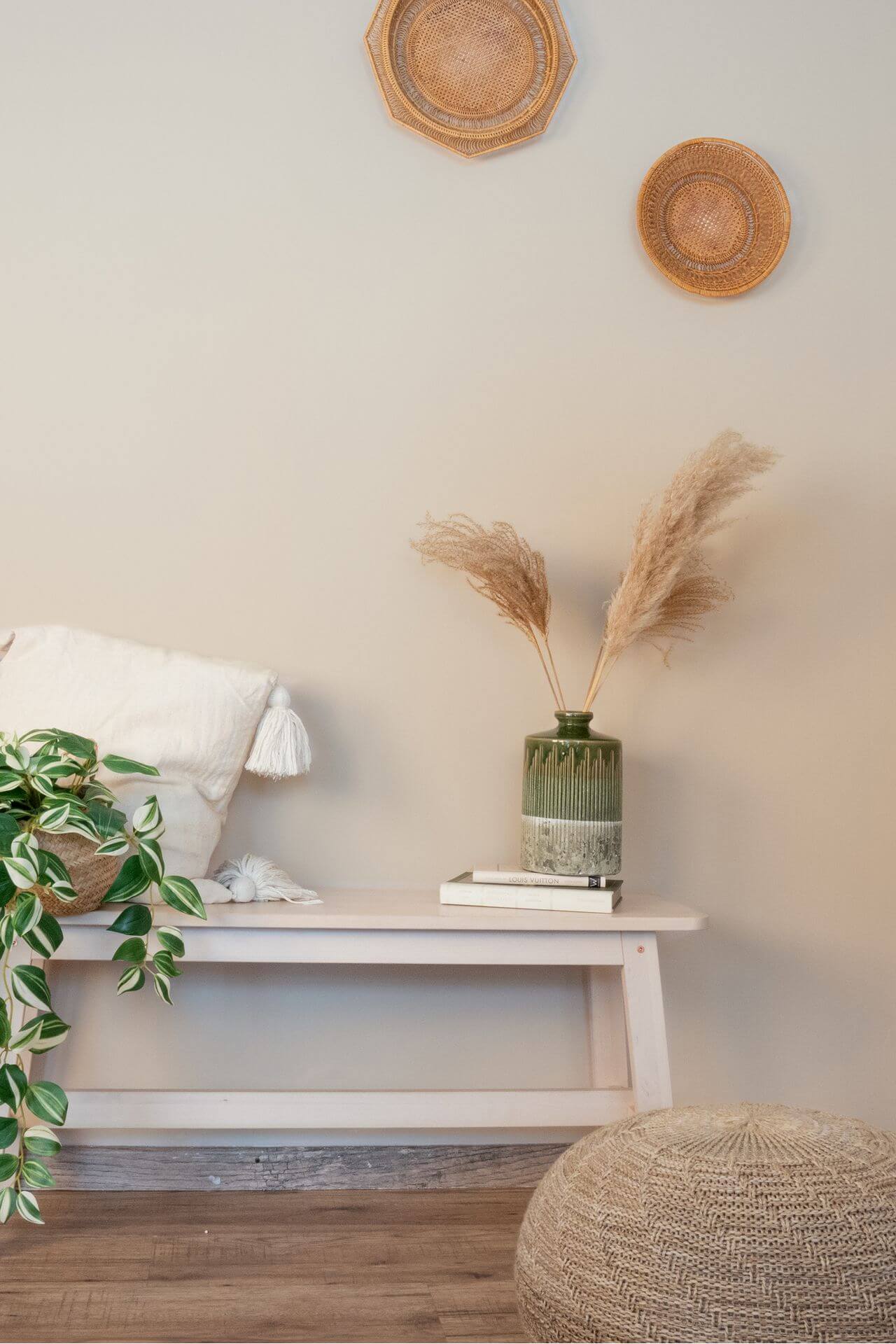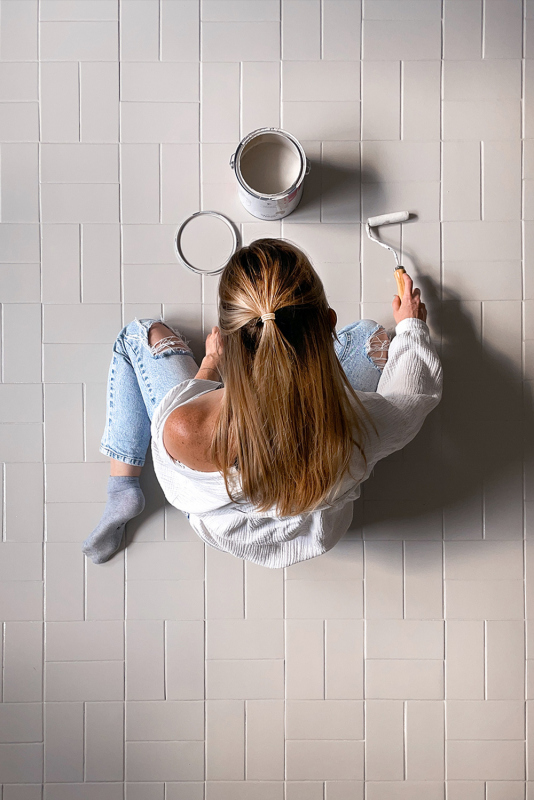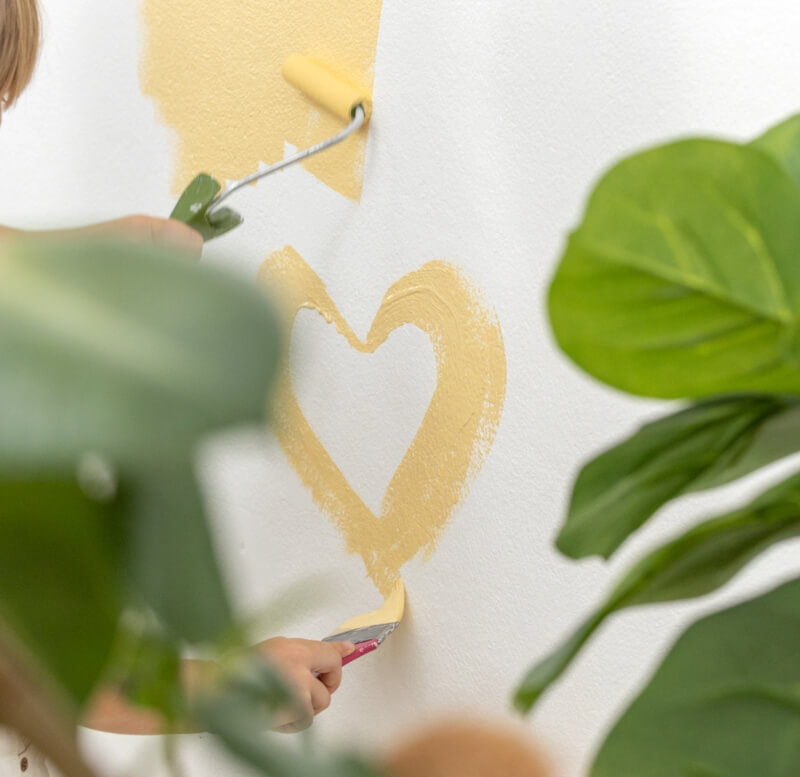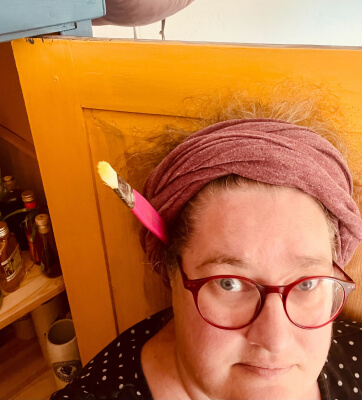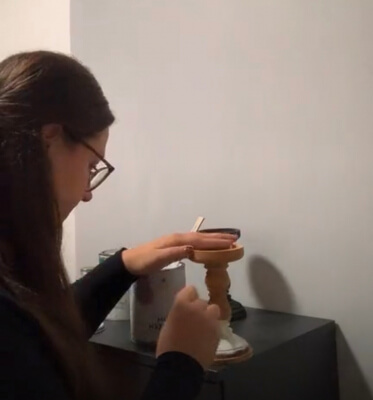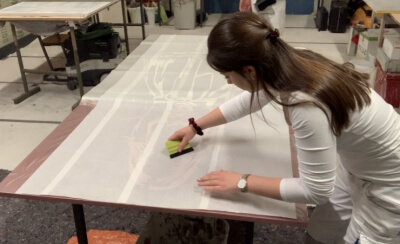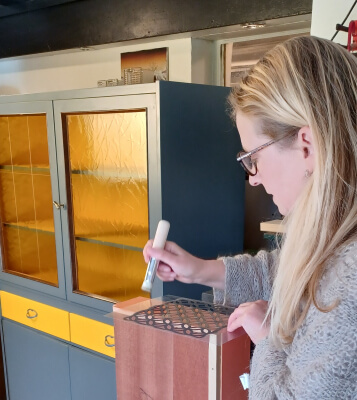What is emulsion paint?
5 min reading time
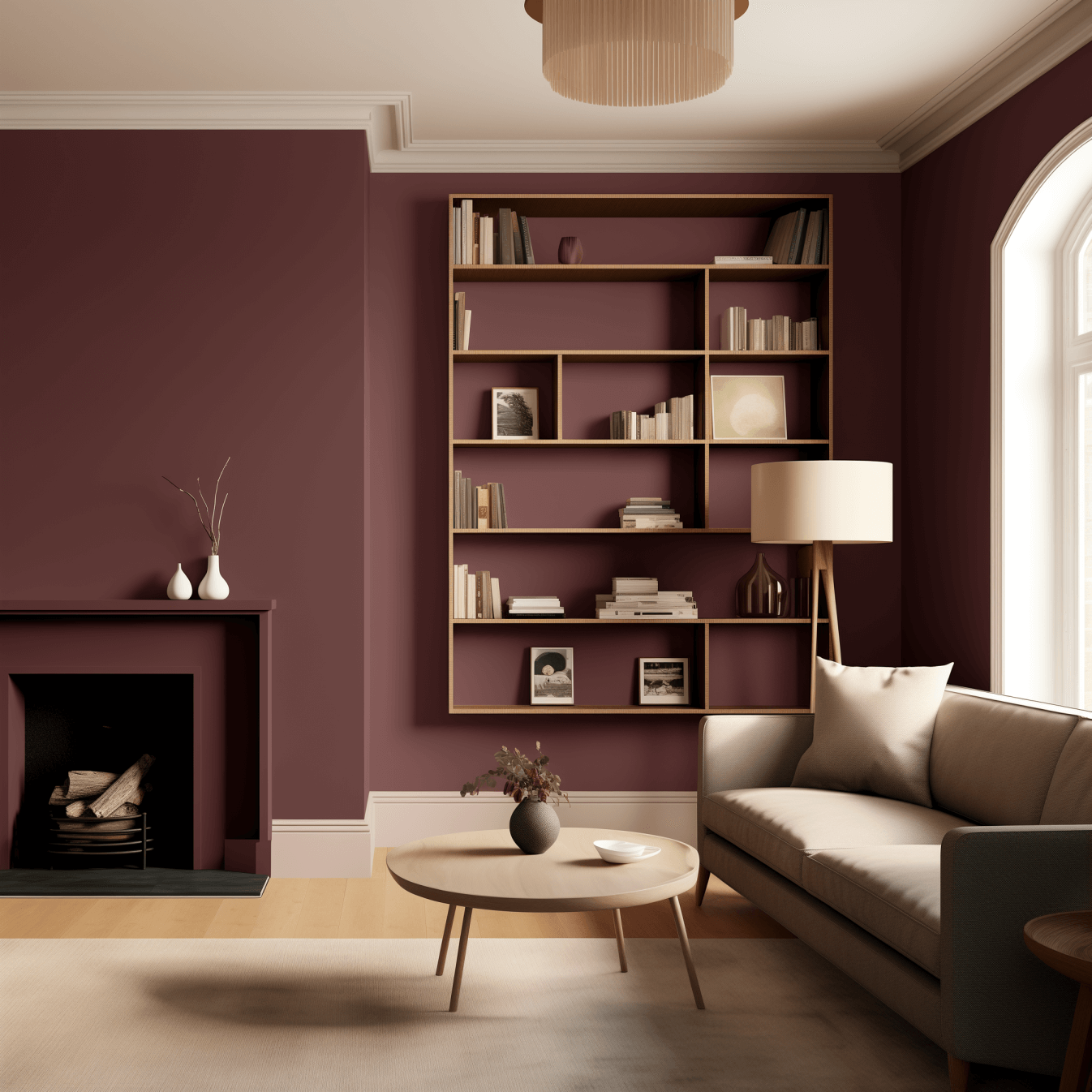
Emulsion paints are often used when moving into a new home or during renovation work. These are certainly the most commonly used paints for interiors. But what exactly is emulsion paint? What is it made of and what advantages does it offer? We have looked into the most frequently asked questions and show you below what you need to know about emulsion paints.
What is emulsion paint: what it consists of
The term dispersion basically refers to a mixture of at least 2 substances that do not or hardly dissolve in each other or chemically combine. Emulsion paints are emulsions of organic binders, solvents, pigments and additives such as preservatives. Water or organic solvents are used as solvents. Depending on the manufacturer, acrylic or synthetic resins are often used as binders. In addition to solvent-based or water-based paints, there are also natural dispersion paints based on natural oils, which contain natural vegetable oils such as linseed oil instead of synthetic oils and oils containing mineral oils.
Strictly speaking, both wall paints and varnishes are dispersion paints. In everyday language, however, this term is usually used for wall paints.
MissPompadour offers emulsion paints at a very high and environmentally friendly level of development. The Valuable Wall Paint from MissPompadour, for example, is exclusively water-based. It does not contain any preservatives and is also VOC-free.
Emulsion paints for the wall from MissPompadour
Advantages of emulsion paints
Emulsion paints are available in many different colour shades and gloss levels, whether white or coloured, semi-gloss or matt. Due to their many advantageous properties, they are very popular for painting rooms. White emulsion paint is definitely the best-selling colour.
One of the biggest advantages of emulsion paints is certainly their fast drying time after painting. Our very high quality MissPompadour Paints are easy to apply, are low-splash and low-drip and can therefore also be used well for painting ceilings. Emulsion paints are easy to paint over. Water-based paints also have hardly any odour. High opacity is important to ensure that the paint delivers a great result in as few coats as possible. The opacity class provides information on this (class 1: very high opacity, e.g. with The Valuable Wall Paint and LittlePomp chalk paint). Washable paints can be cleaned with a damp cloth, but attention should be paid to the wet abrasion resistance (all wall paints at MissPompadour have class 1: very high abrasion resistance). MissPompadour paints are characterised by their high breathability/diffusion openness.
Emulsion paint: The right paint for interiors
Not all emulsion paints are the same. That's why it's important to choose the right paint. You can buy various interior emulsion paints from MissPompadour.
- MissPompadour The Valuable Wall Paint is an extra matt, high-quality emulsion paint. It does not contain mineral oil, solvents or preservatives. The emulsion paint is also breathable and allows your walls to breathe. It is, of course, VOC-free.
- The chalk paints from LittlePomp, which were specially developed for children's rooms, are also emulsion paints that are harmless to health. They are also suitable for newborns' rooms as they are VOC free and odourless.
- Our MissPompadour The Functional Wall Paint is a washable emulsion paint that is particularly suitable for use on walls subject to heavy wear, such as in hallways or kitchens. Despite its high abrasion resistance, this wall paint is characterised by good breathability. Unlike many latex paints, our wipeable emulsion paint can be painted over at any time
Tip: Spray emulsion paint instead of painting
Emulsion paint in particular can be sprayed onto the wall with a paint sprayer. This eliminates the need to paint corners and edges with a brush. If you protect the floor well in an empty room, you can spray all the walls twice with a thin layer of paint. The application will be wonderfully even and opaque. The emulsion paint from MissPompadour is rather thick. This has the advantage that it neither splatters nor spills when painting. However, you should dilute it with 5-10% water for spraying. Always wear suitable respiratory and eye protection when spraying emulsion paint and cover your hair
FAQ: Frequently asked questions about emulsion paint
Some questions arise time and again when it comes to painting with emulsion paints.
Paint emulsion paint once or twice?
MissPompadour wall paints often already cover with the 1st coat. Nevertheless, we recommend applying a 2nd coat. This really brings out the noble effect of the emulsion paint and gives the paint its full durability
How long does the emulsion paint have to dry?
Emulsion paint dries very quickly. However, the drying time depends on a number of factors. What is the substrate like? What is the temperature and humidity in the room? After approx. 4 - 6 hours, you can always paint over the emulsion paint with a second coat. It will only have reached its final colour shade after a few days. A wall paint only really hardens on the wall. It reaches its full resilience after about a month.
What are the differences to silicate paint?
In contrast to emulsion paint, mineral silicate paint bonds with the substrate in a chemical process. This is called silicification. The mineral paint is therefore very durable and completely weatherproof. Pure silicate paints can only be used indoors on untreated plaster, stone and concrete, i.e. on purely mineral substrates. Silicate paints are more demanding to work with and the colour scheme is not as wide as with emulsion paints. As they do not contain any organic binders, pure silicate paints are more open to diffusion than emulsion paints, which can be important under special building biology conditions. If the question arises as to whether emulsion or silicate paint should be used, you should inform yourself well beforehand and pay close attention to the advantages and disadvantages of both paints. Take a look at our blog: What is silicate paint?
How do I dispose of emulsion paint correctly?
Empty cans and paint buckets are recycled as metal or plastic. Liquid emulsion paint cannot simply be disposed of. However, once it has dried, it can easily be disposed of in residual waste. So leave your paint bucket open until the paint has dried. Please observe the regional disposal regulations here, but it is best to fill all leftovers into clean and tightly sealed screw-top jars. Emulsion paint will keep for years if stored in a cool, frost-free and dark place. Keep the leftovers in a safe place, as you may want to touch up or add your favourite colour at some point
What should I look out for when buying emulsion paints?
In recent years, we have become more sensitive to our environment. We don't want to use paint whose toxic vapours we have to inhale during processing and which remain in the air for a long time. Of course, we choose our colours based on their appearance first. After all, it should beautify our home. But the ingredients must also play an important role in the decision. High-quality and sustainable ingredients are particularly important. If you choose MissPompadour Paints, you are always on the safe side. You can be sure that these emulsion paints will give you a great result with intense luminosity without harming your health
How can you remove emulsion paint?
Whether emulsion paint can be removed depends on many factors. On the one hand, of course, on the type of paint painted, but on the other hand, above all, on the painted substrate. If the paint was painted directly onto plaster, it can be removed with a hot steam gun or sandblaster. On smooth surfaces, the paint can be removed with a scraper under certain circumstances. In practice, however, it is not necessary to remove wall paint from the substrate, as it can be painted over without any problems.
Can emulsion paint also be applied to wood?
In general, emulsion paint can also be painted on wood. You will get a surface that is slightly rougher than when using varnishesn. On untreated wood, a primer such as To Bond & Block should be used beforehand to prevent the wood from bleeding.
All tips for painting with emulsion paint summarised
- Choose the right colour shade
- Check whether your wall is very absorbent. This is the case with freshly plastered walls or walls painted with mineral colours. Then use a primer with a deep primer, e.g. MissPompadour To Prime Walls
- Carefully mask off everything that is not to be painted and protect the floor. You will find everything you need for this in our painting tools
- Pre-paint corners and edges with the brush
- Then work on the wall surfaces with the roller
- Leave the paint to dry for approx. 6 hours and then paint a second time
- If you are working with a spray gun, there is no need to pre-paint with a brush
Have you finished reading?
You can find more exciting topics here

